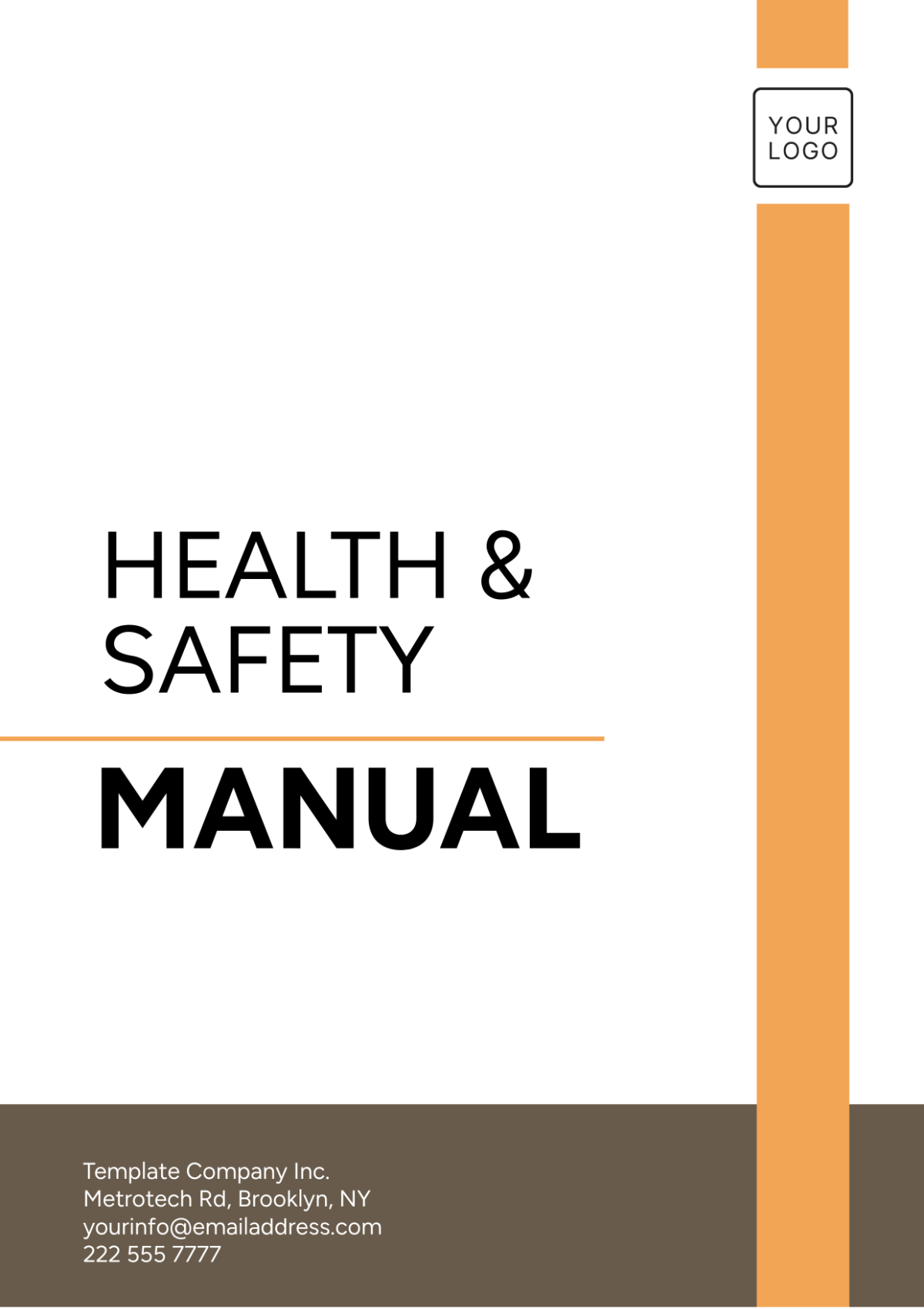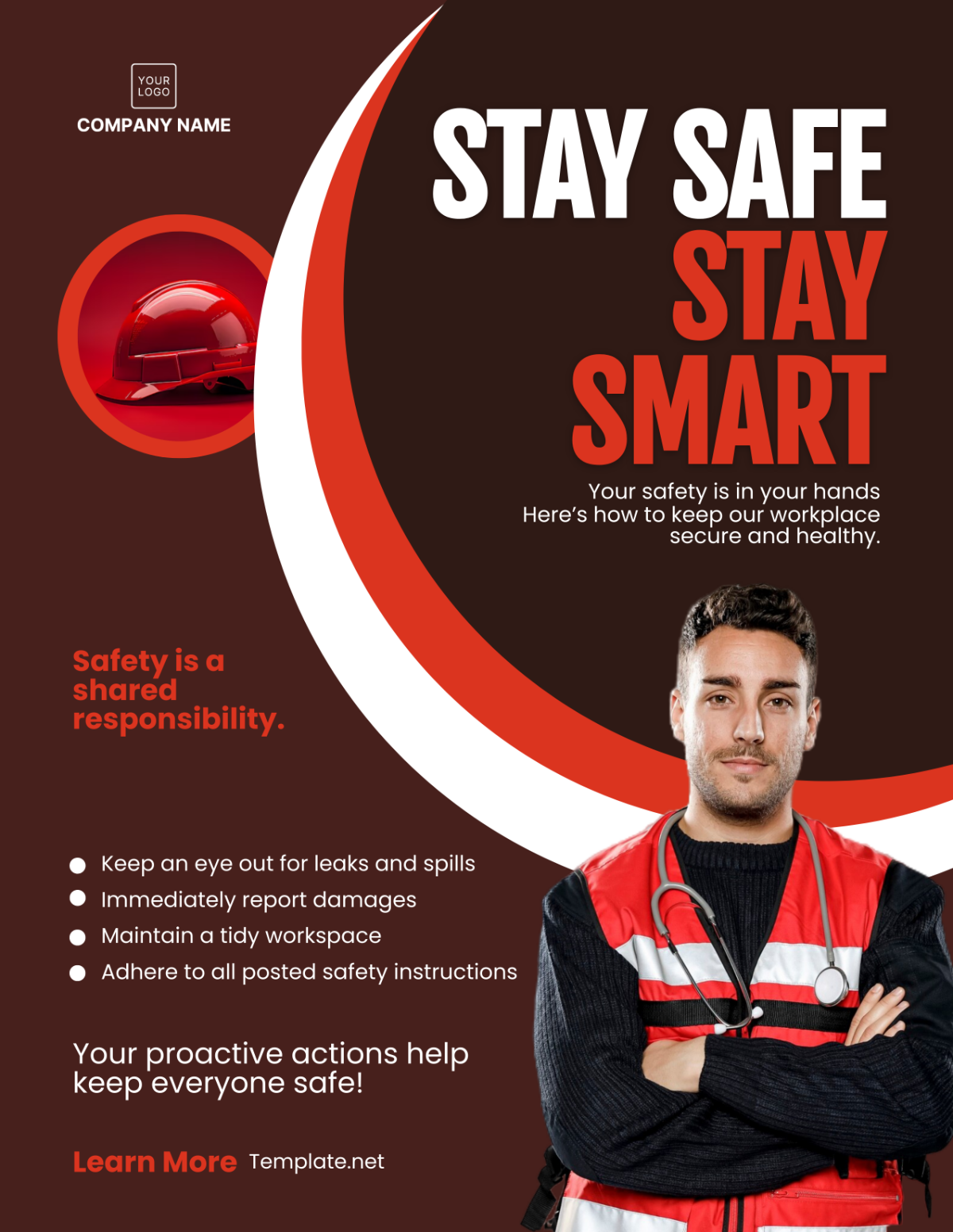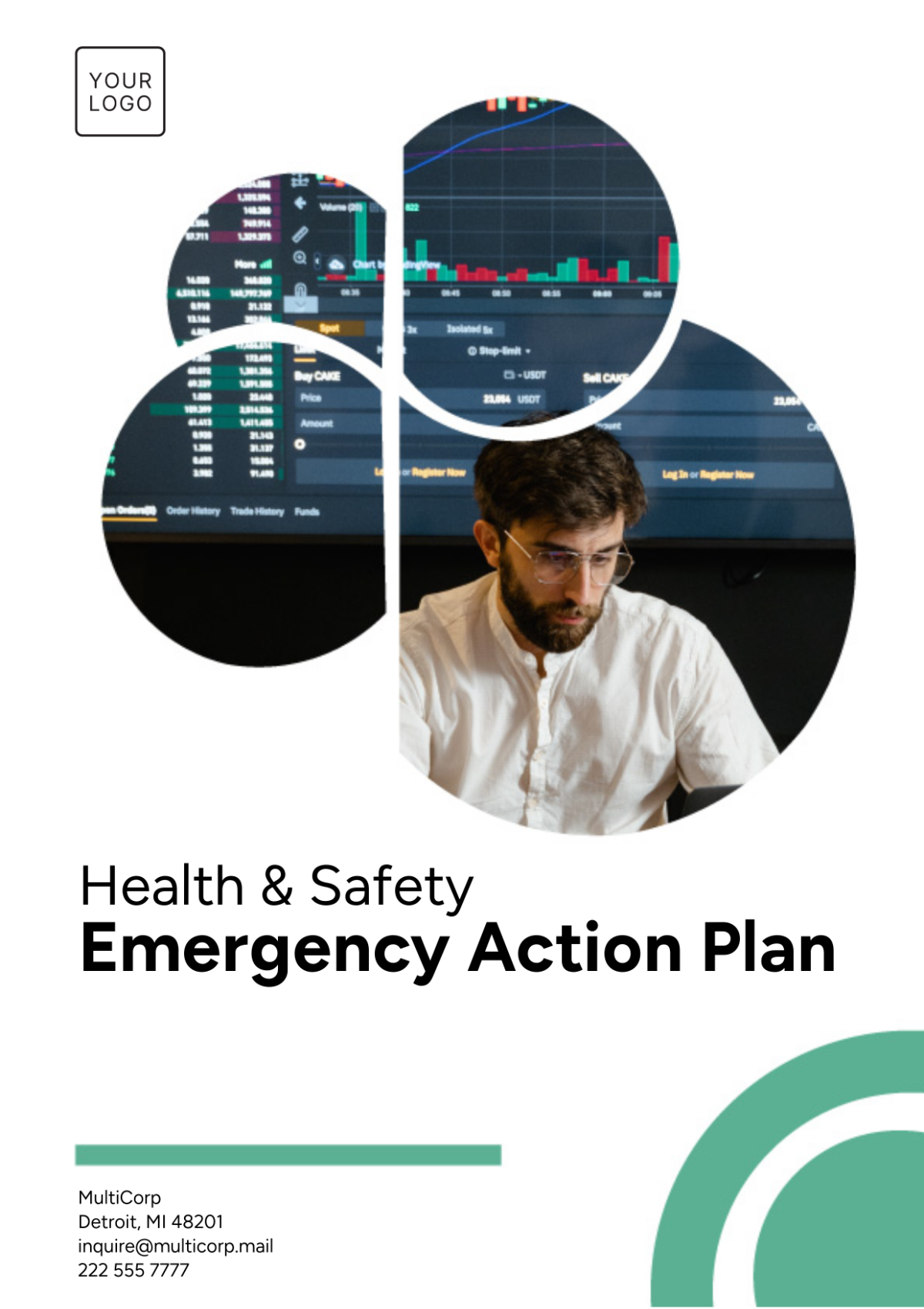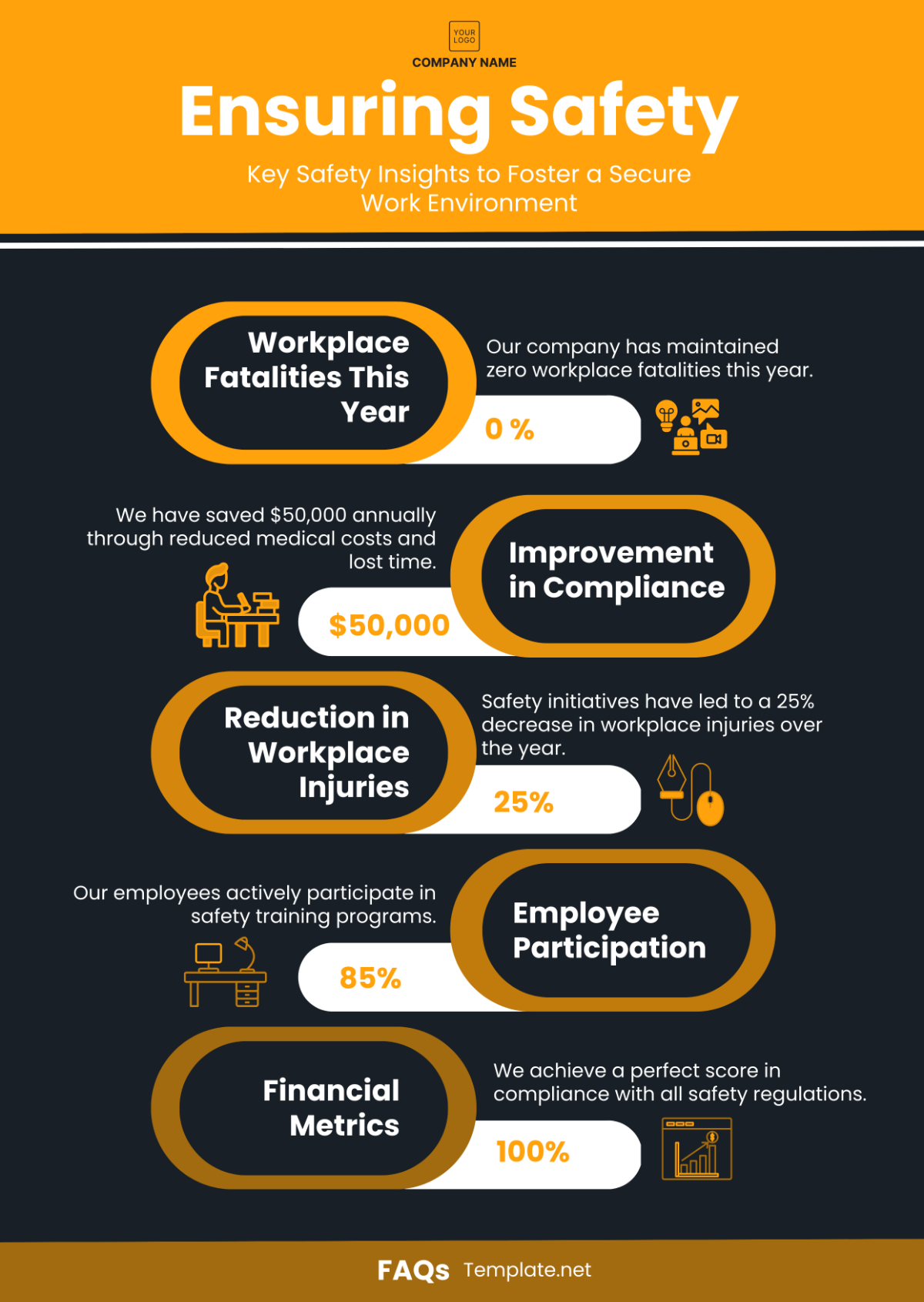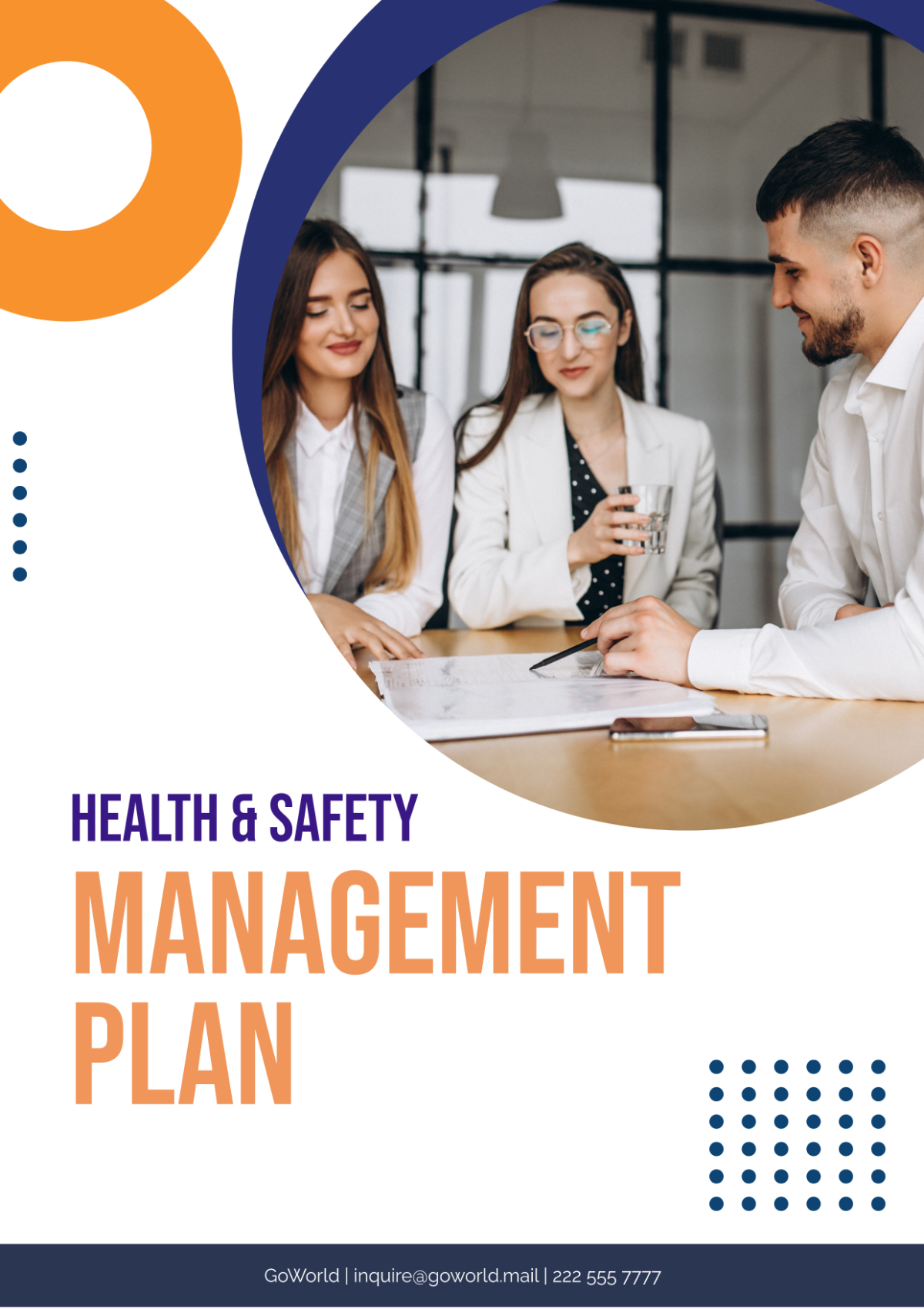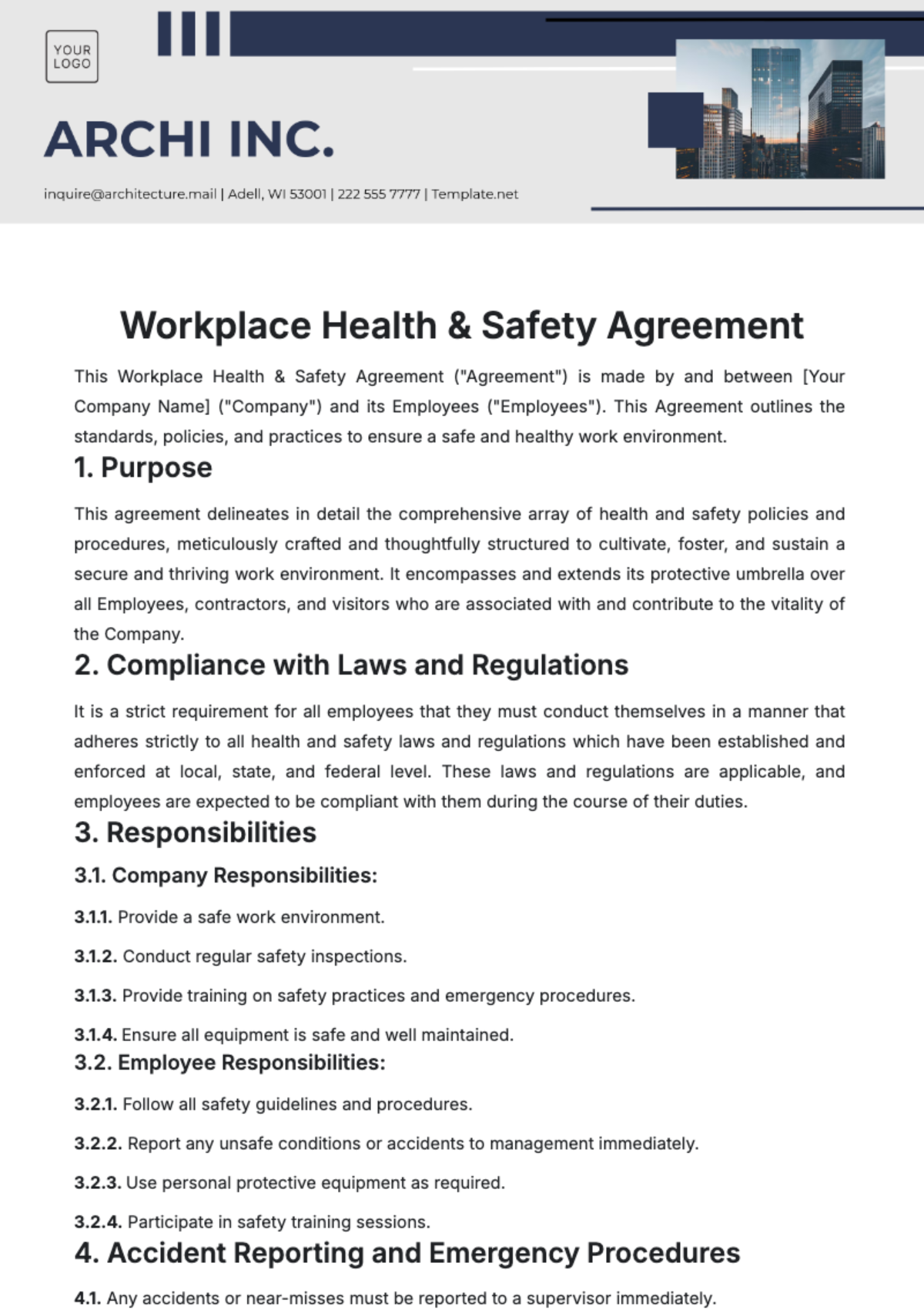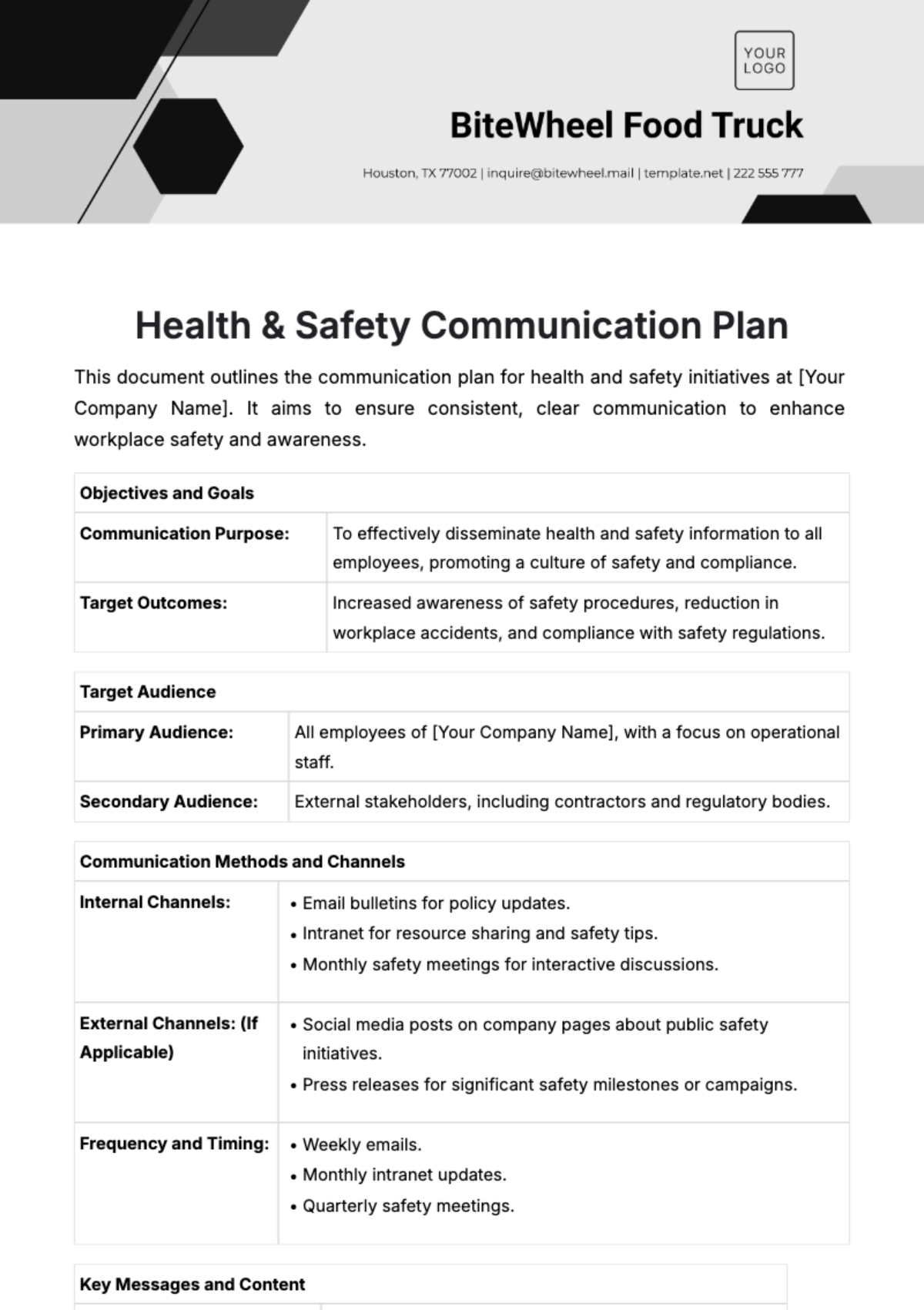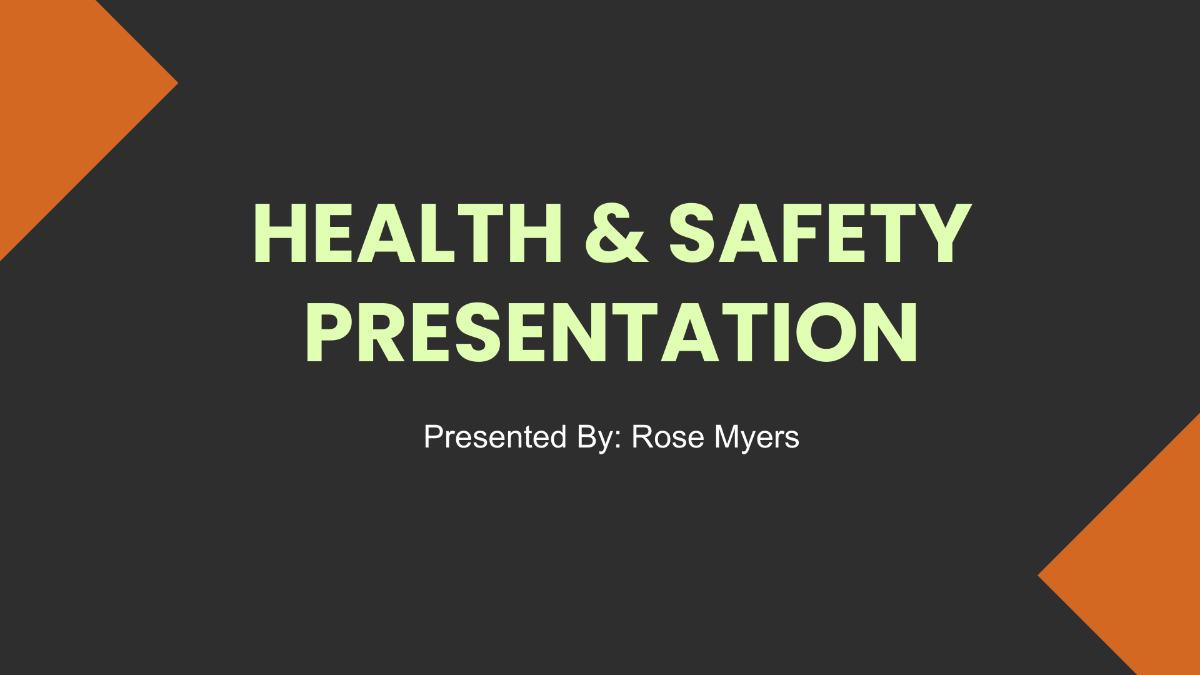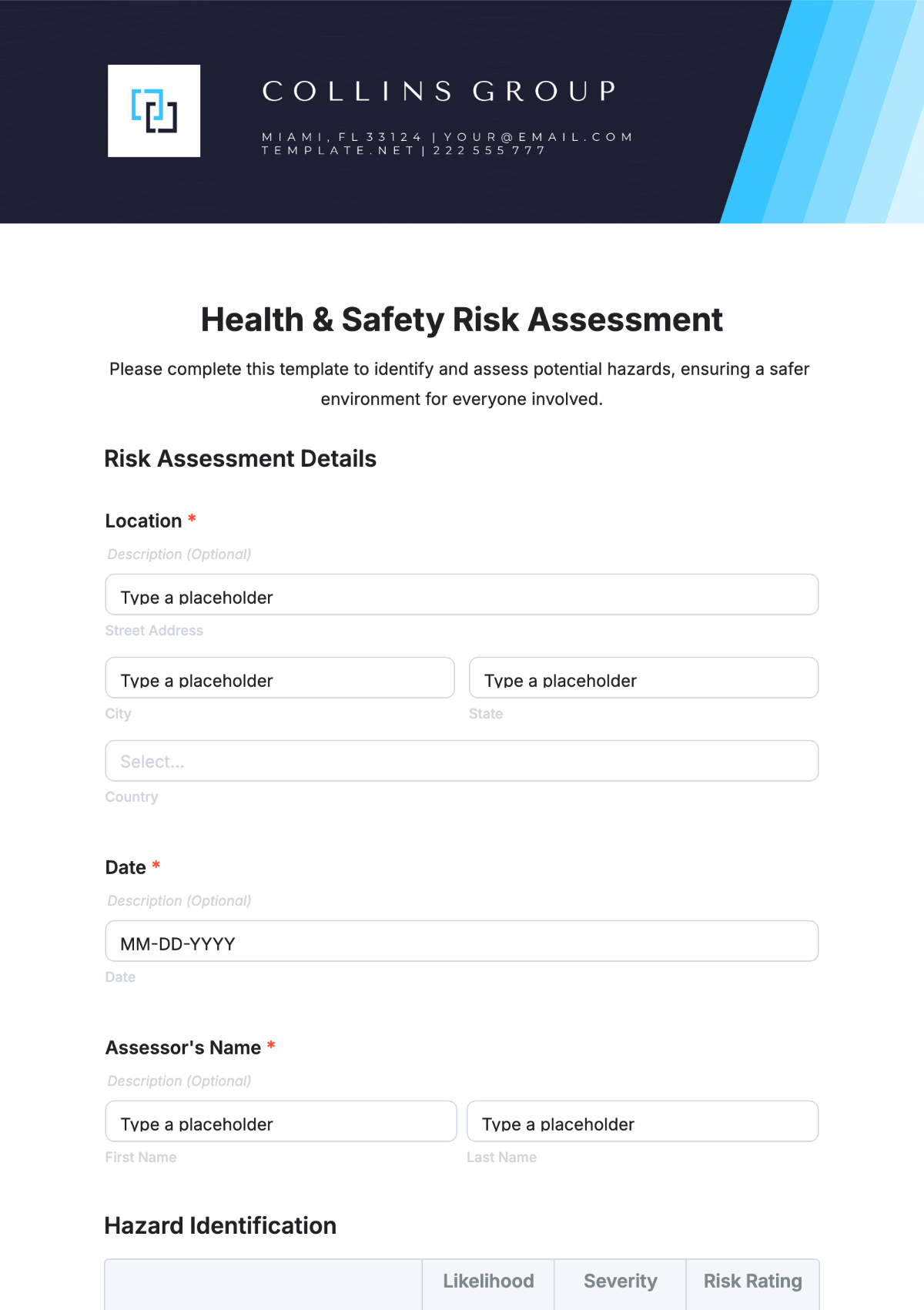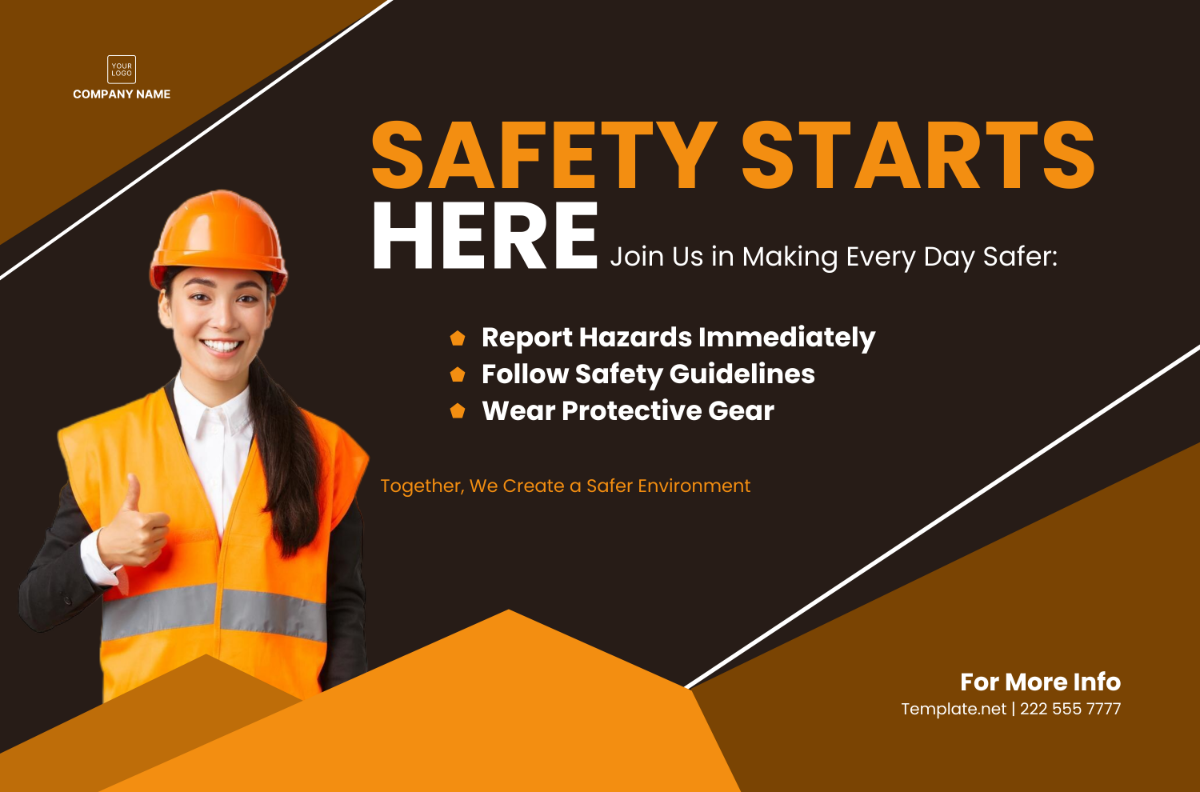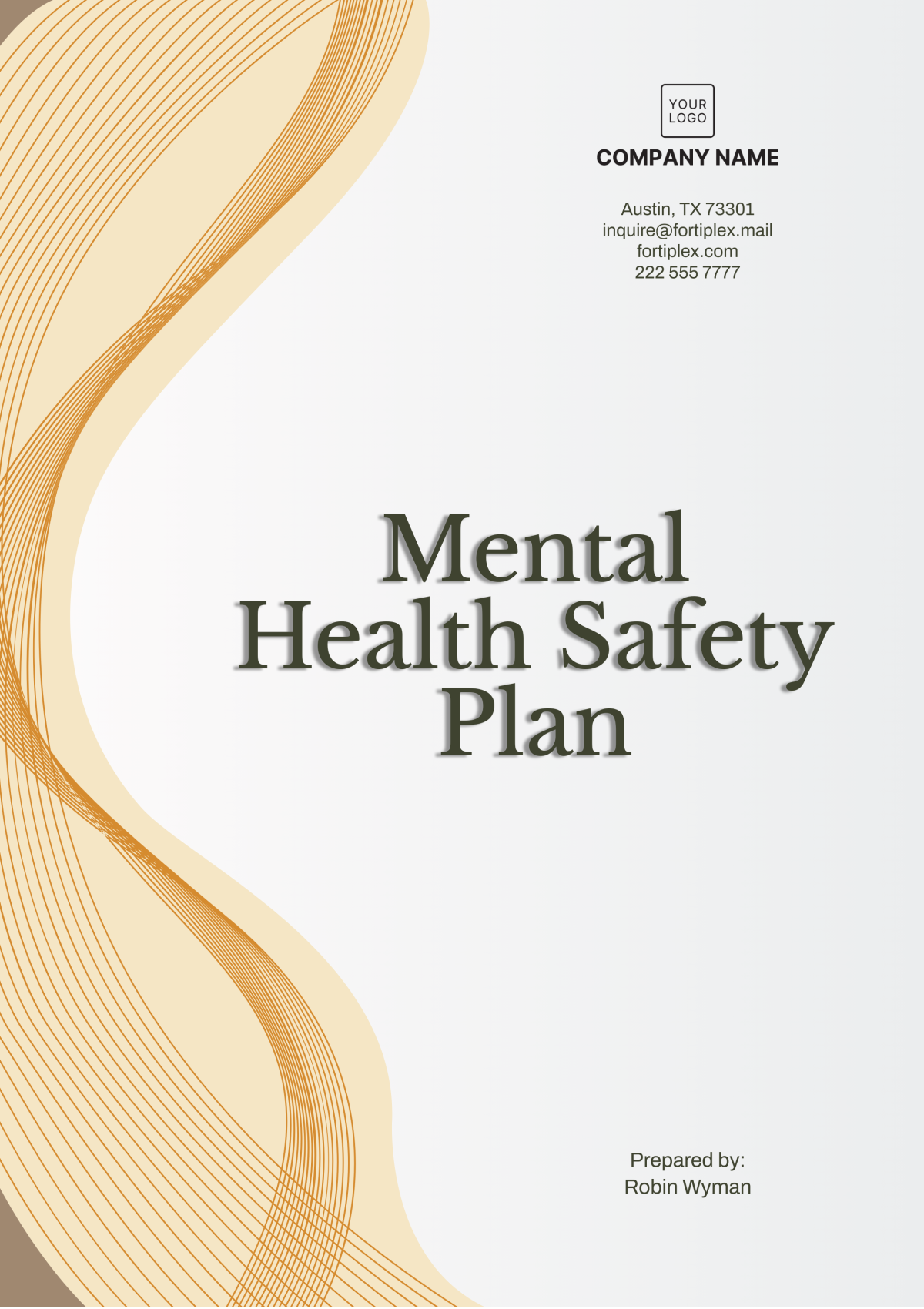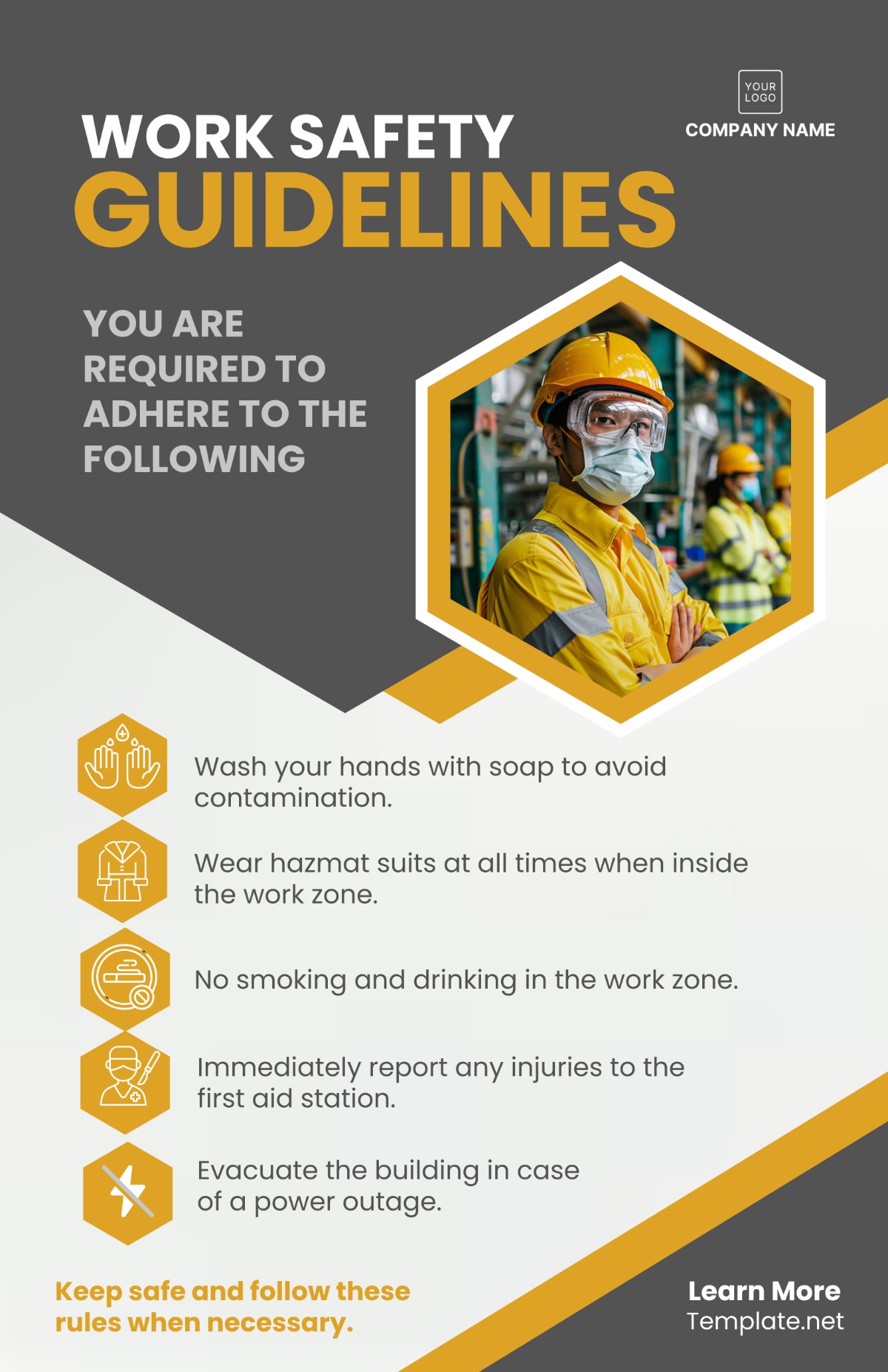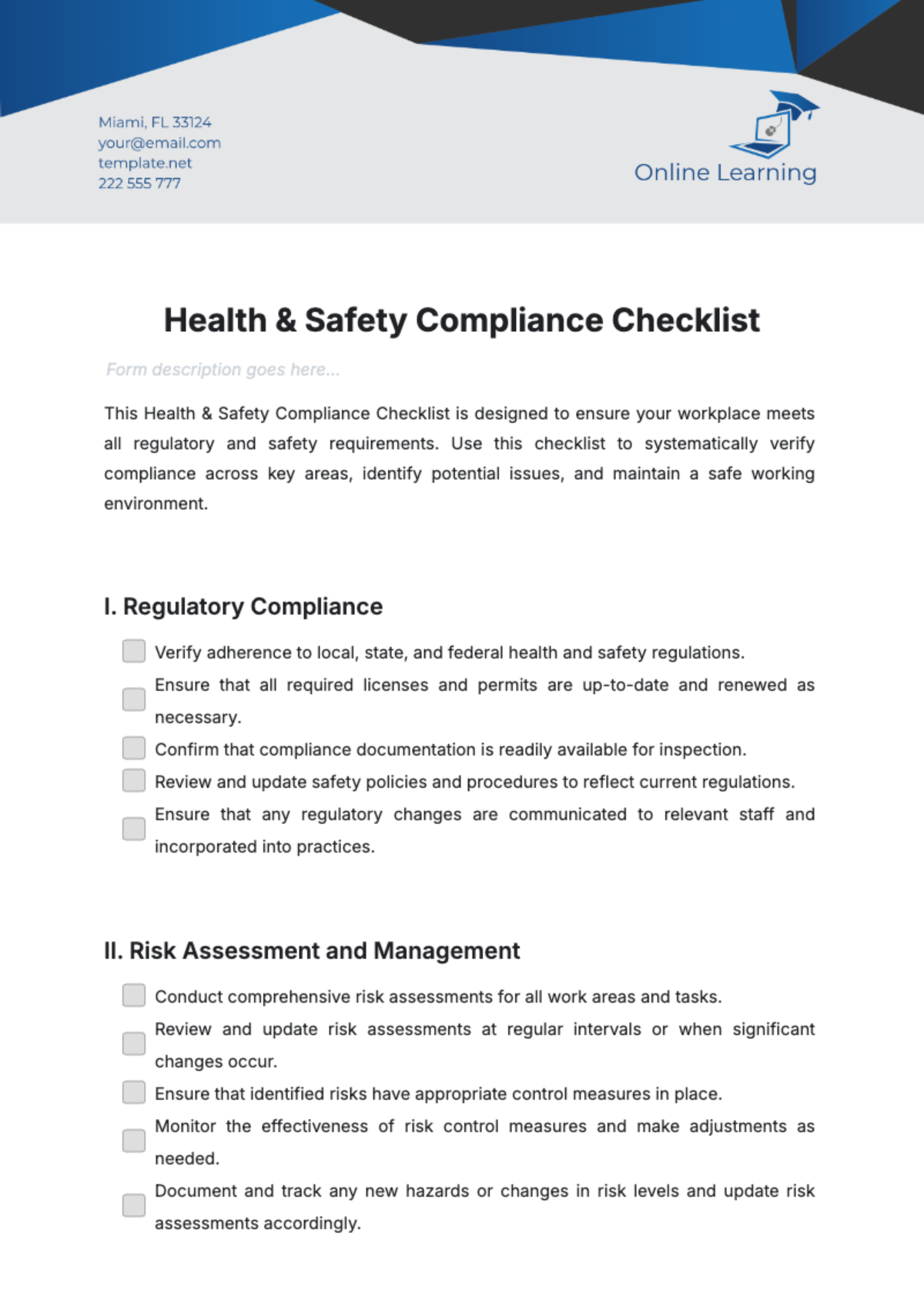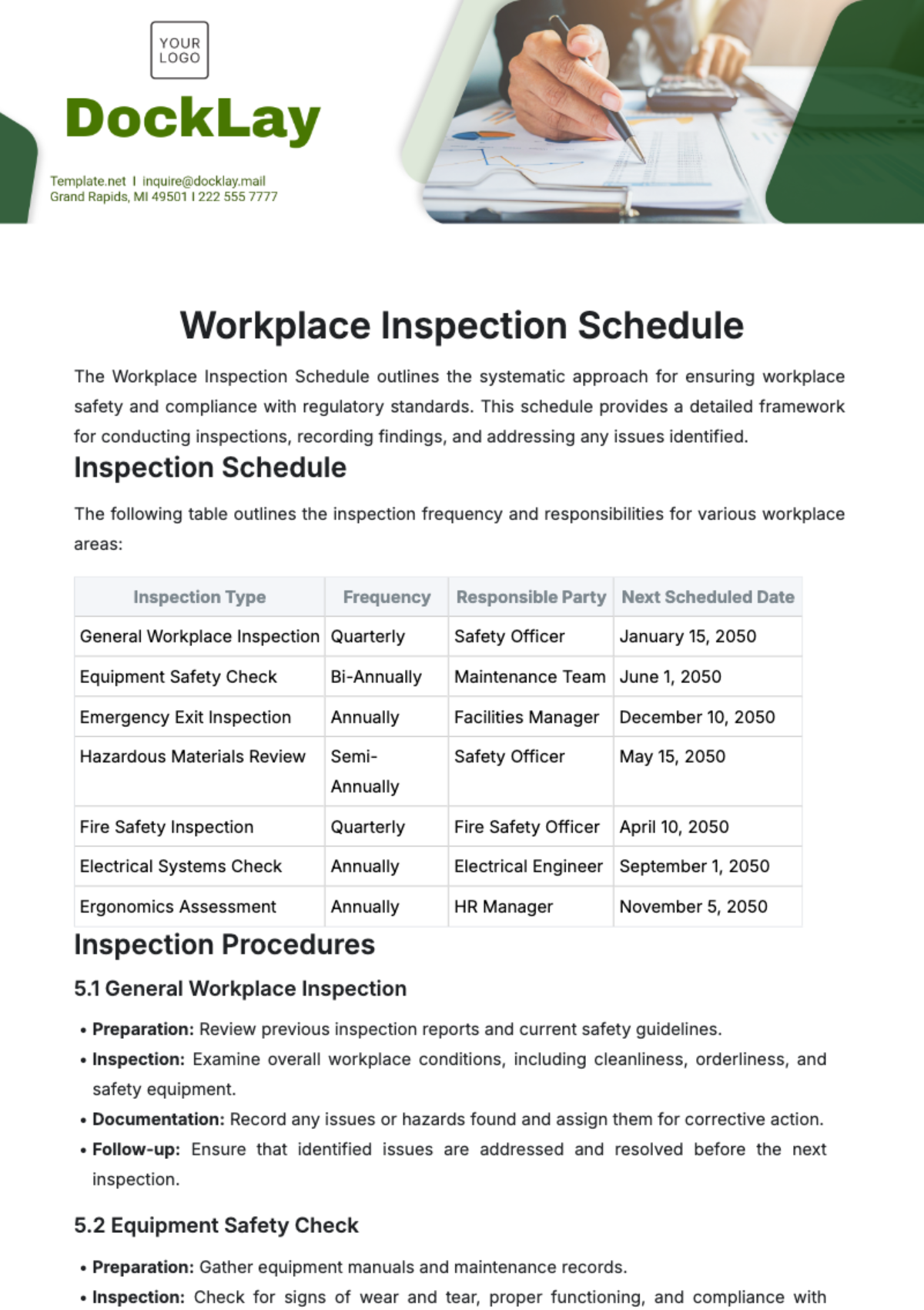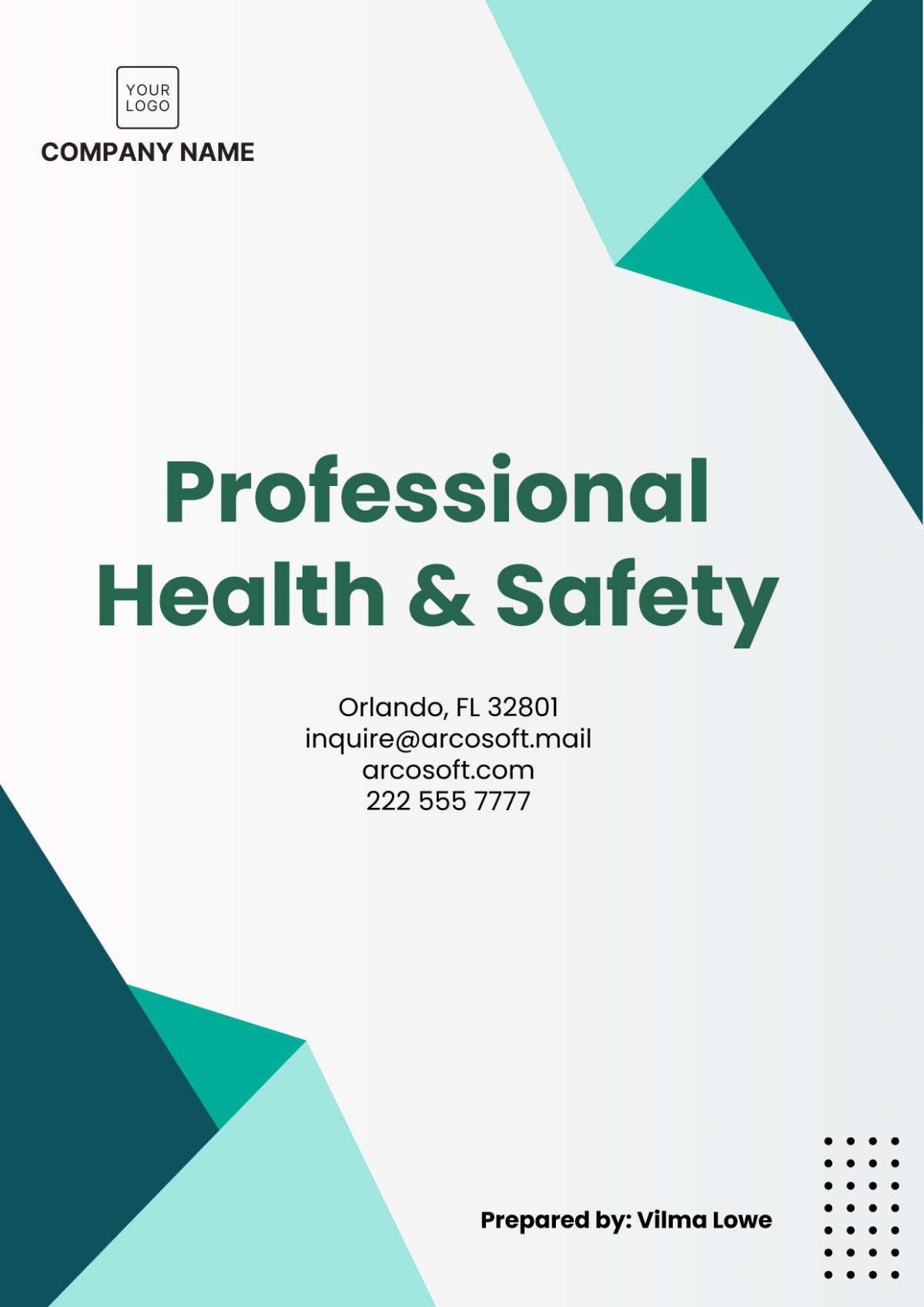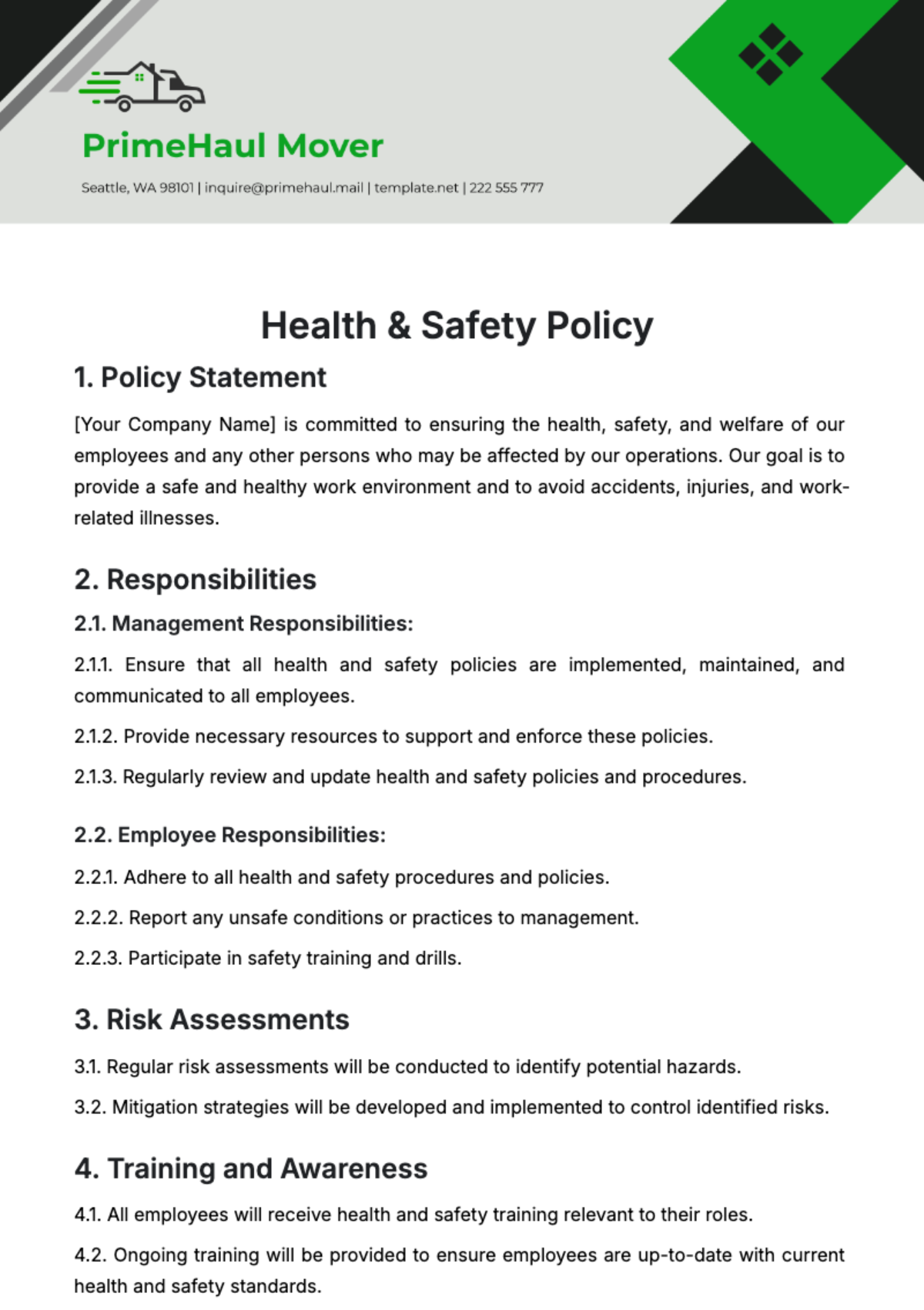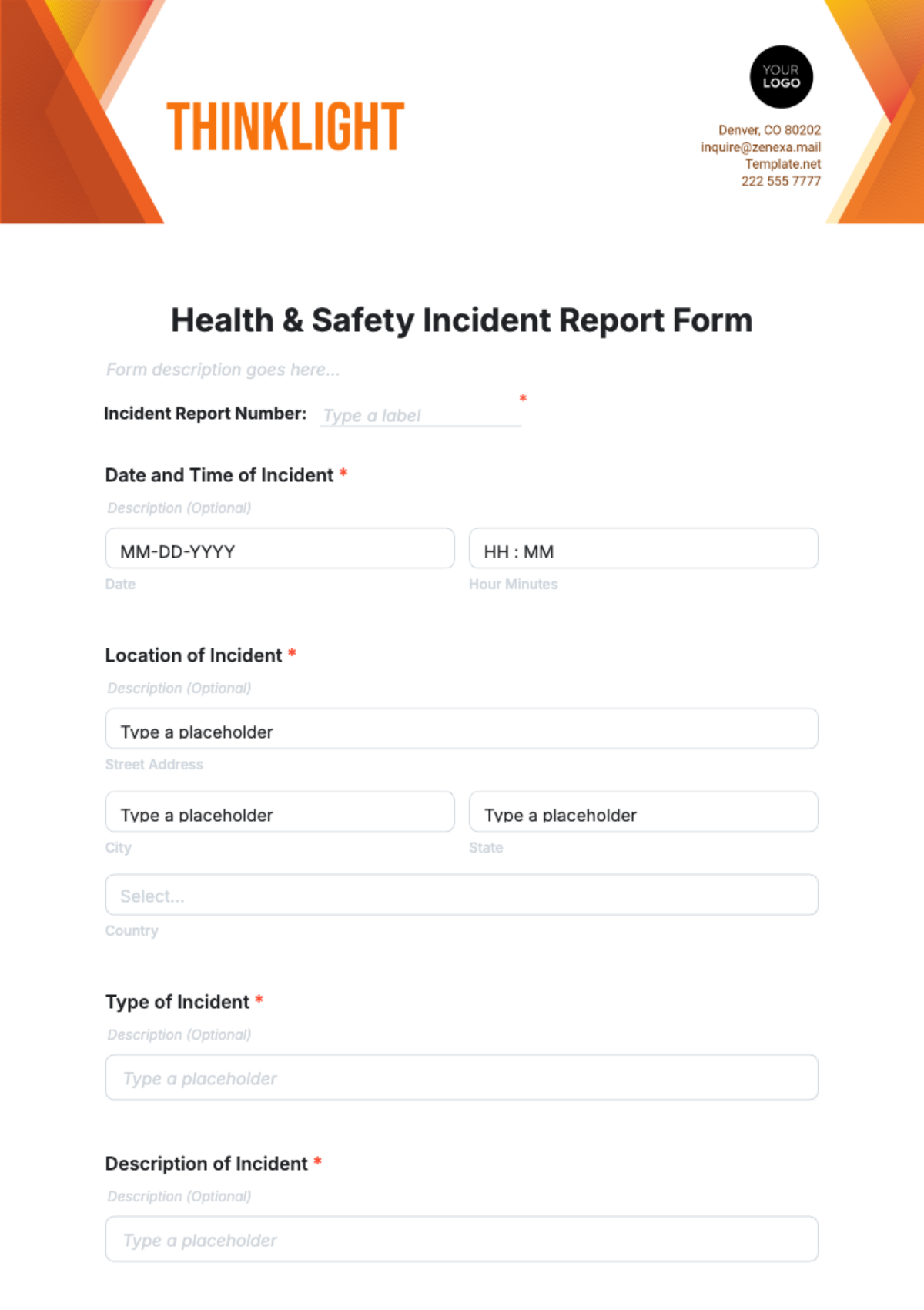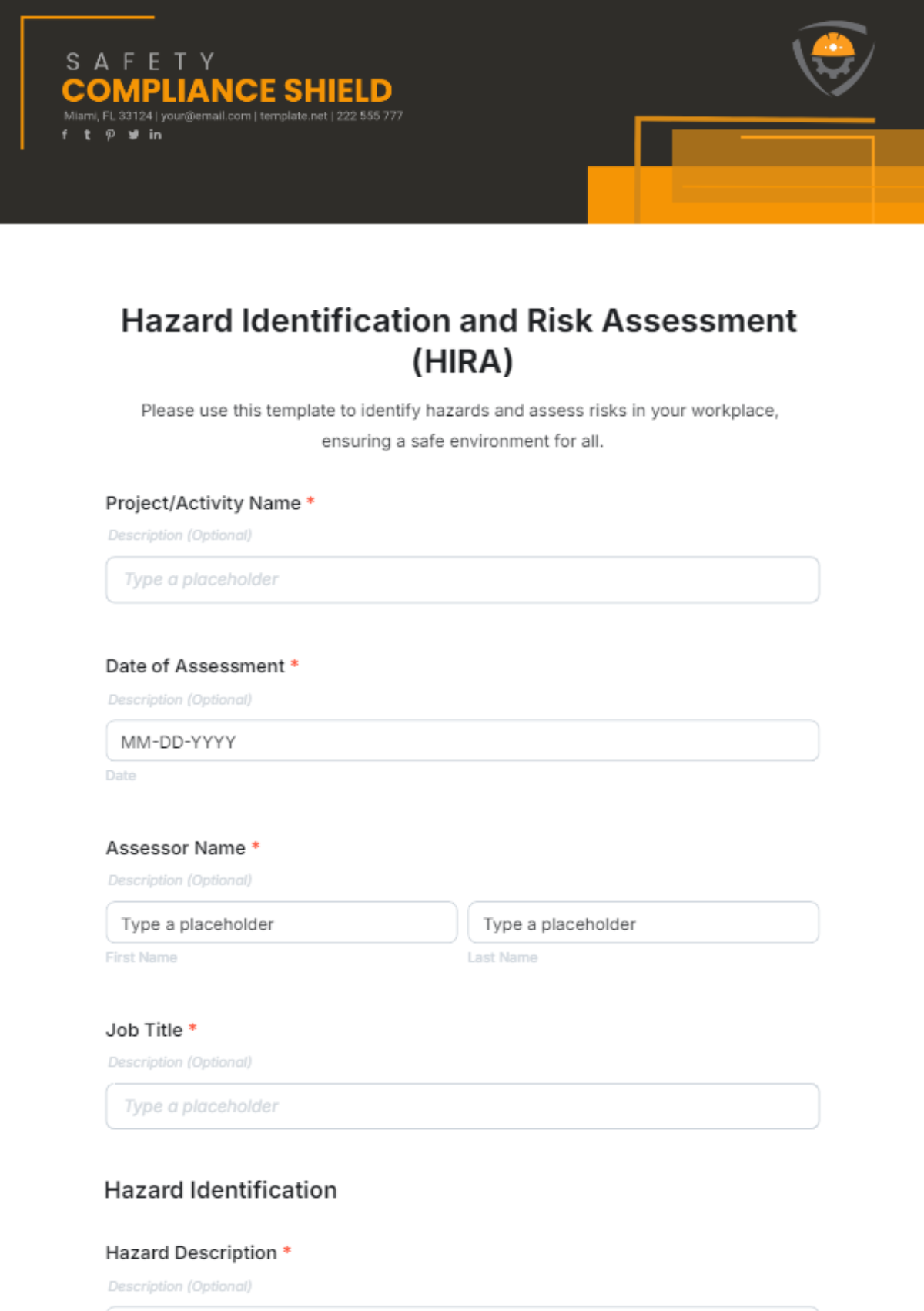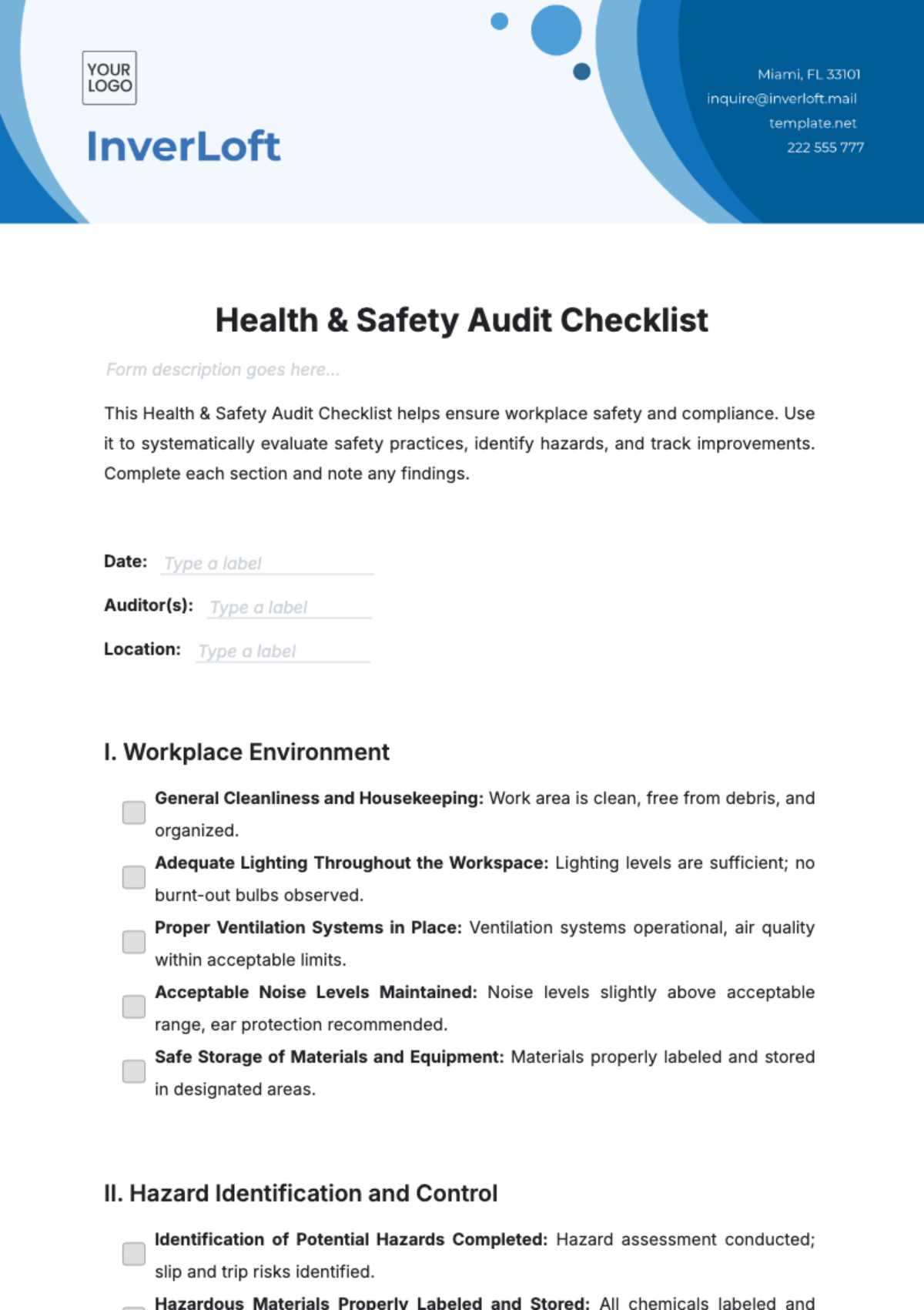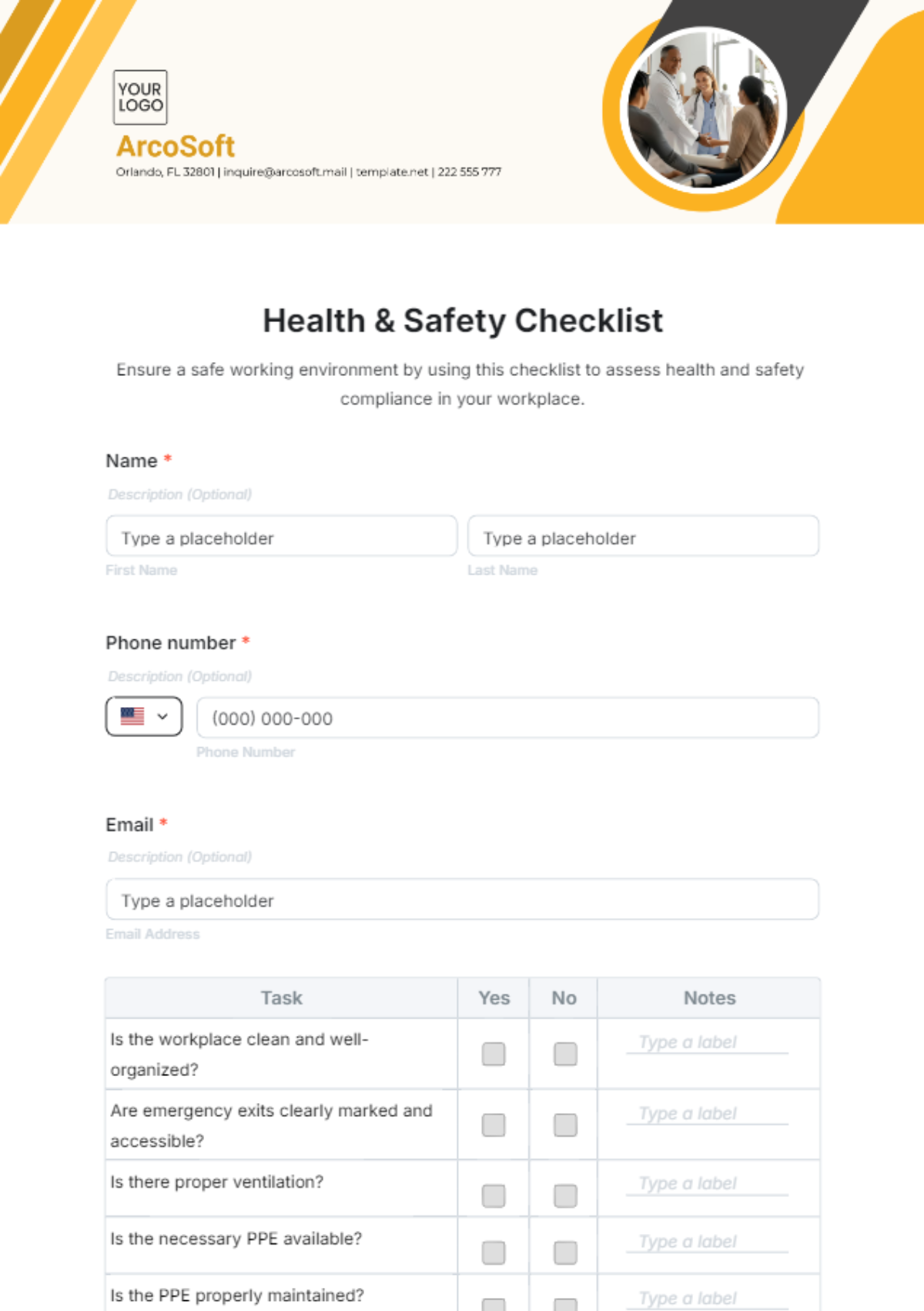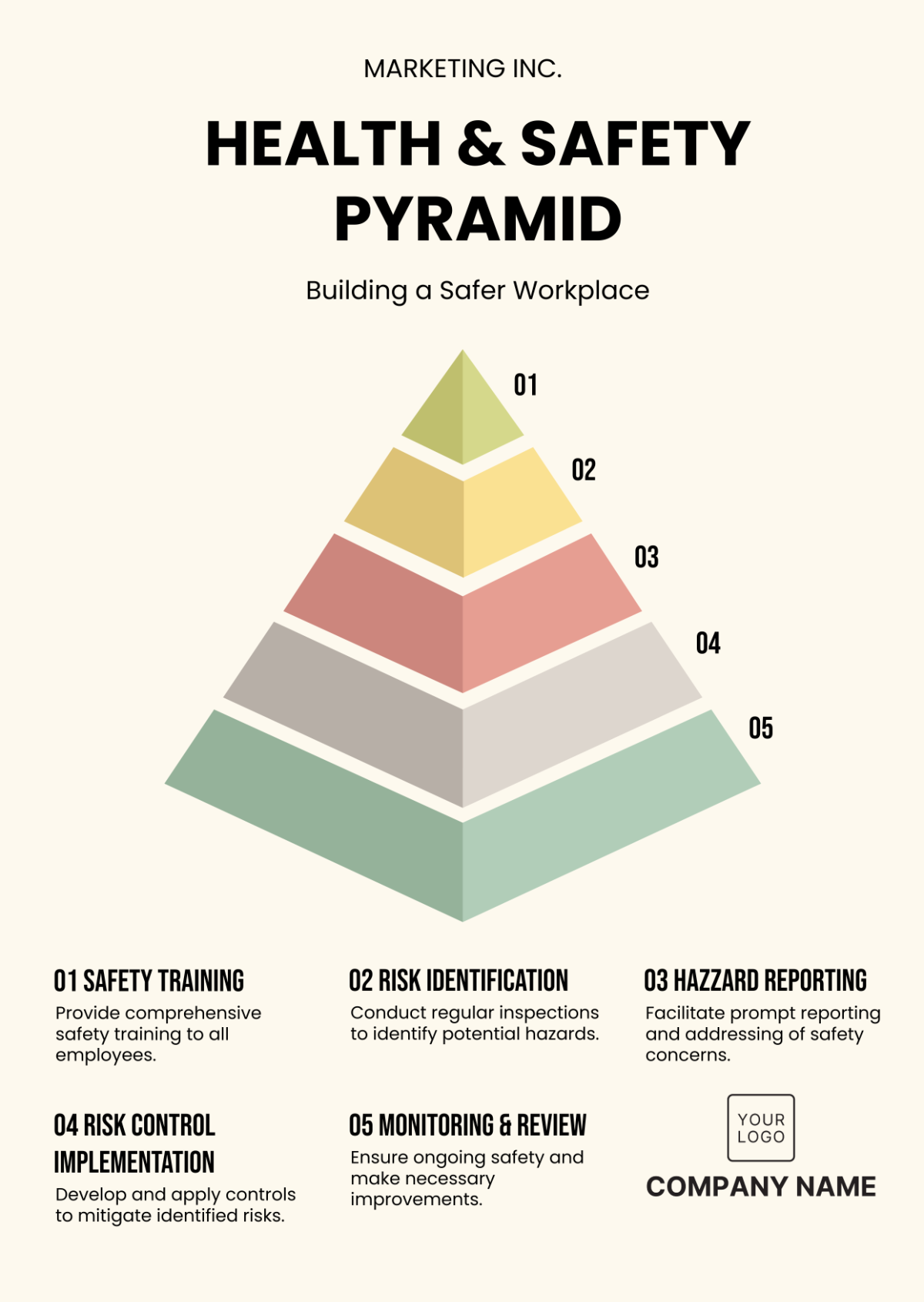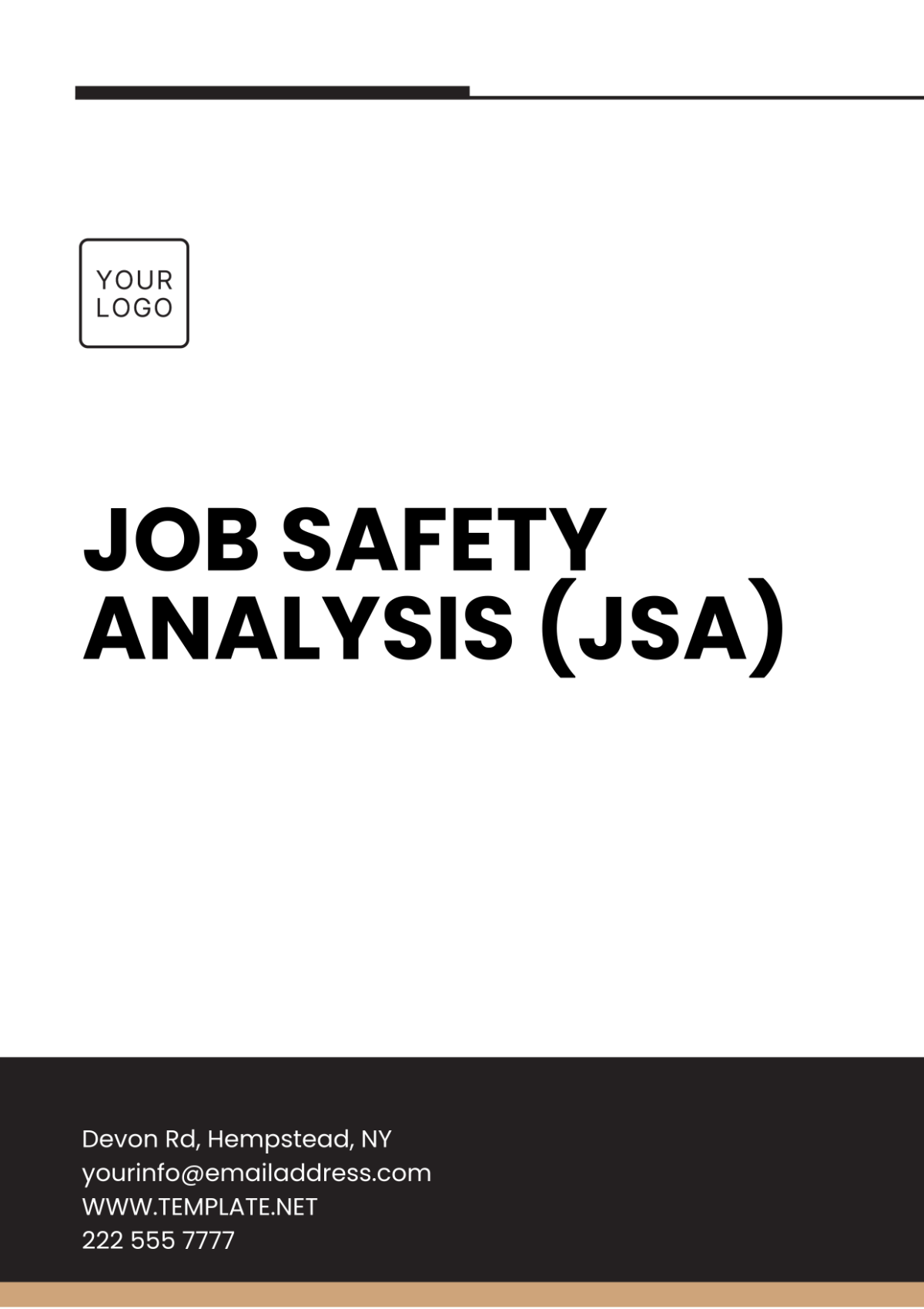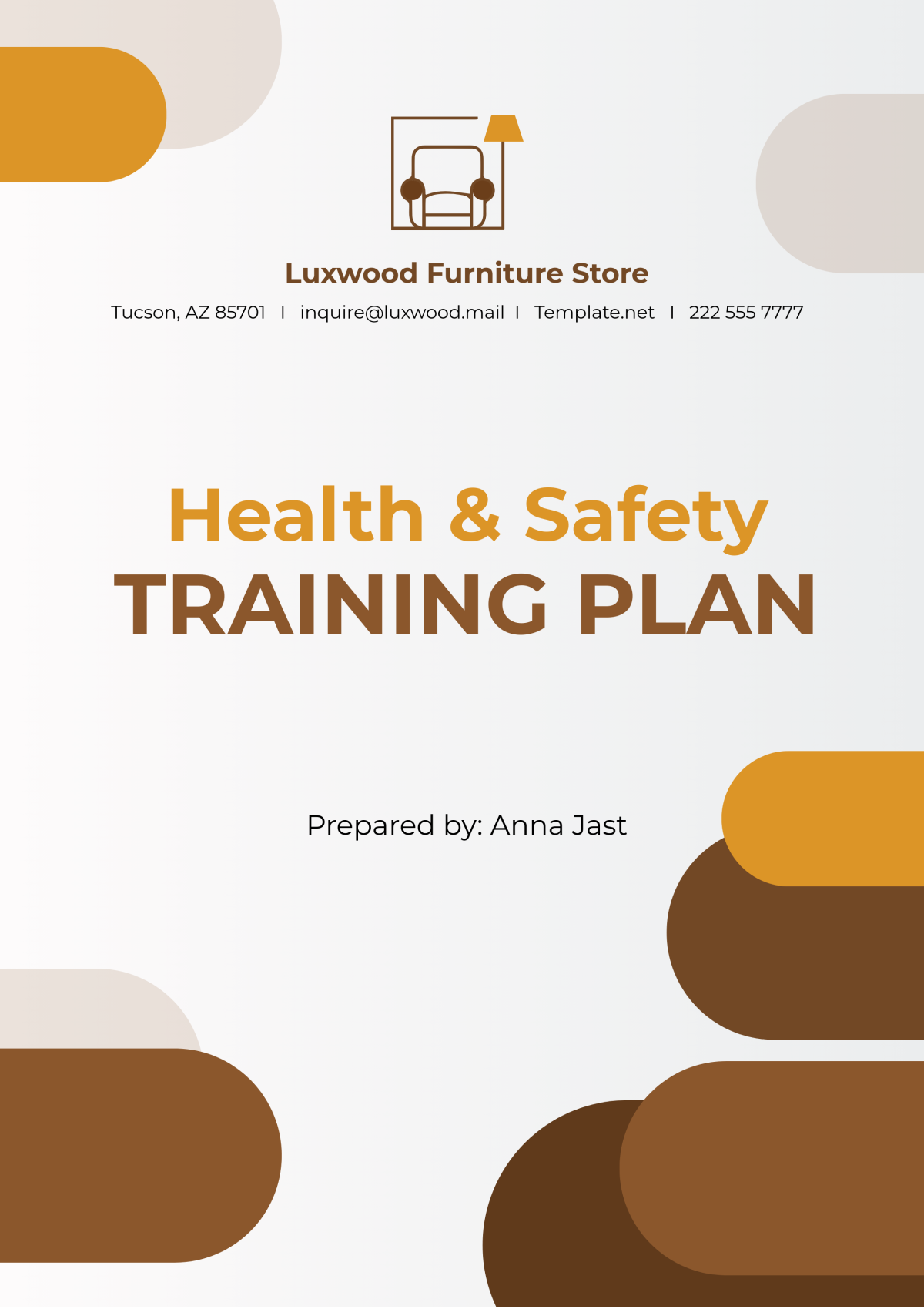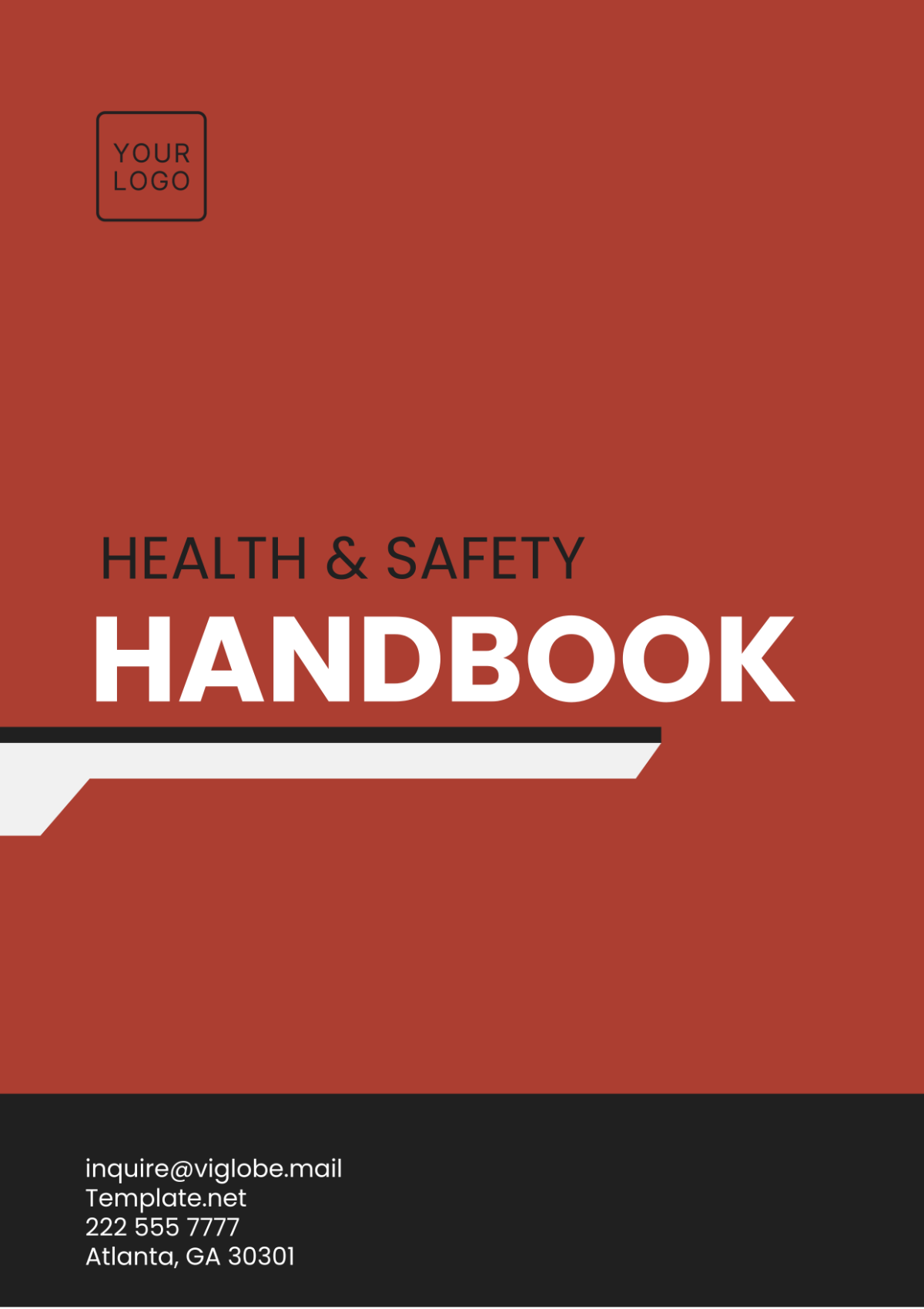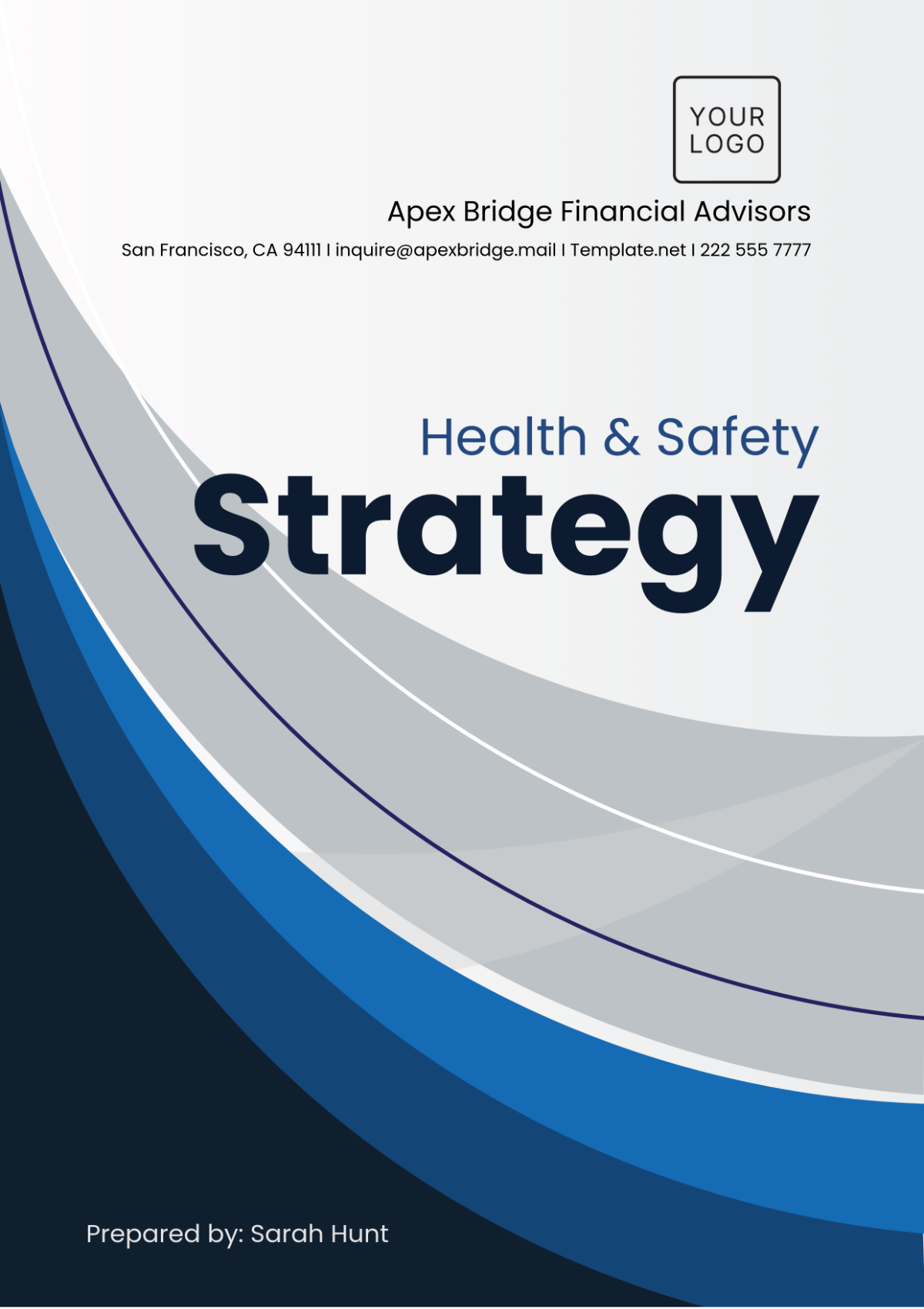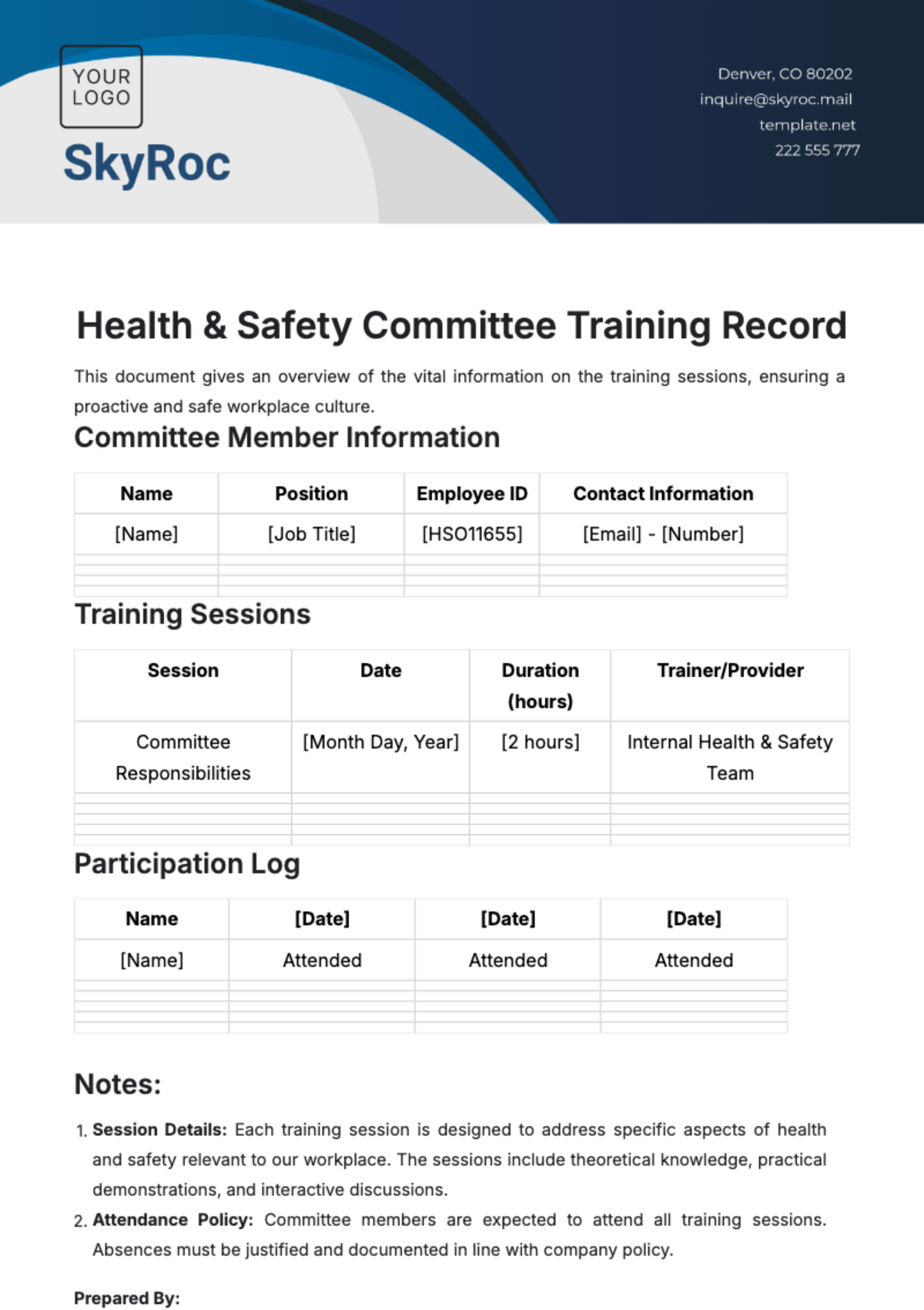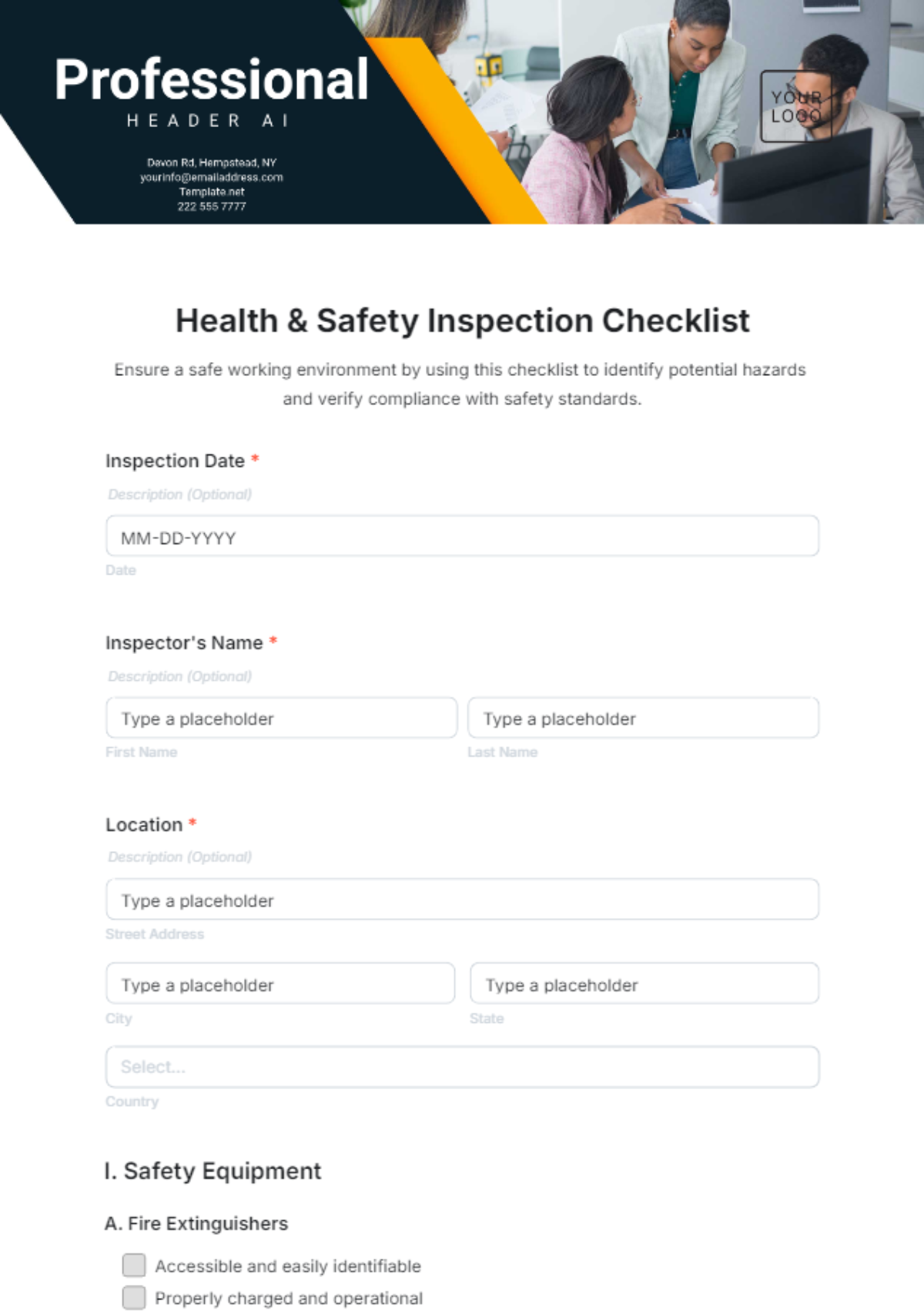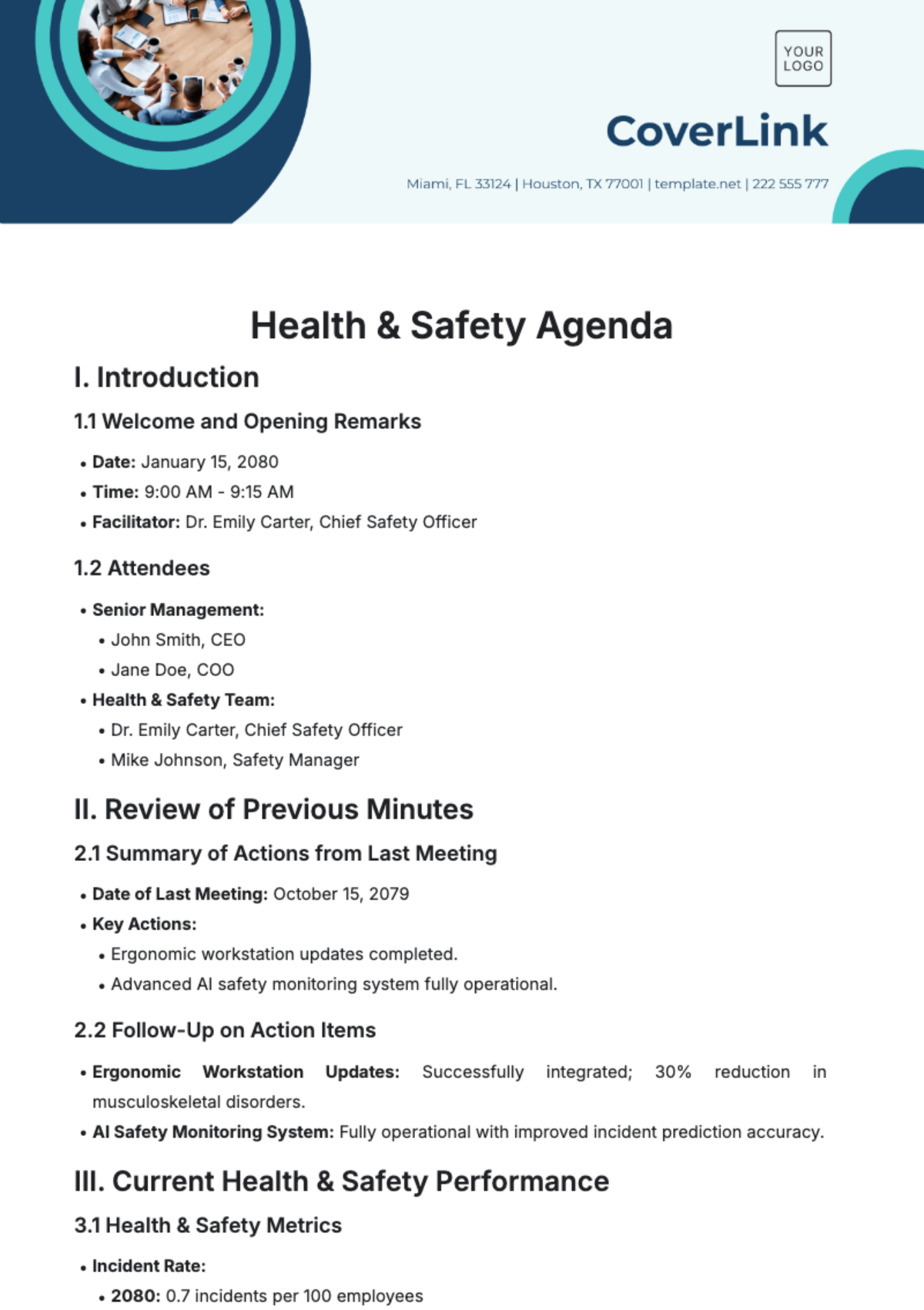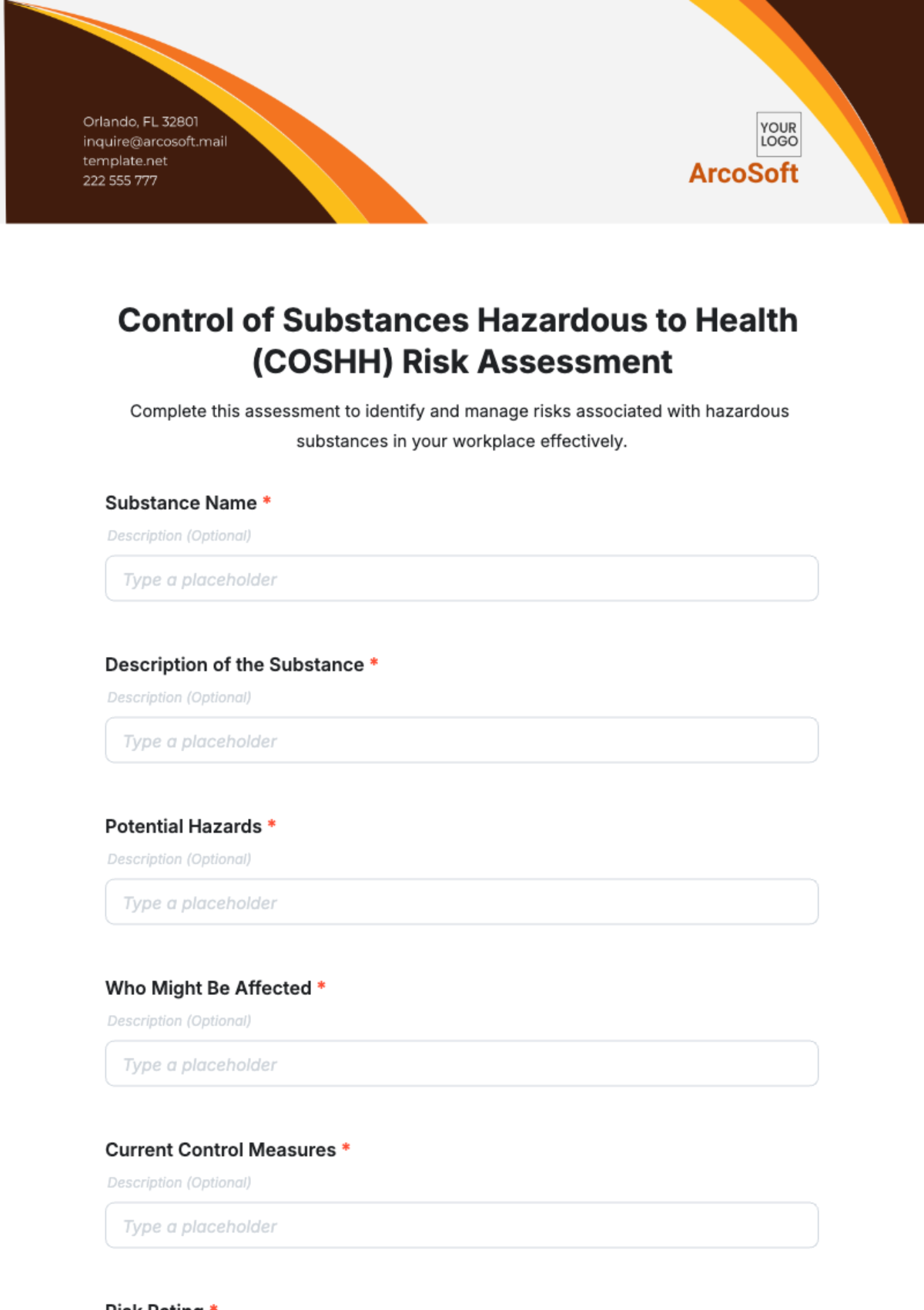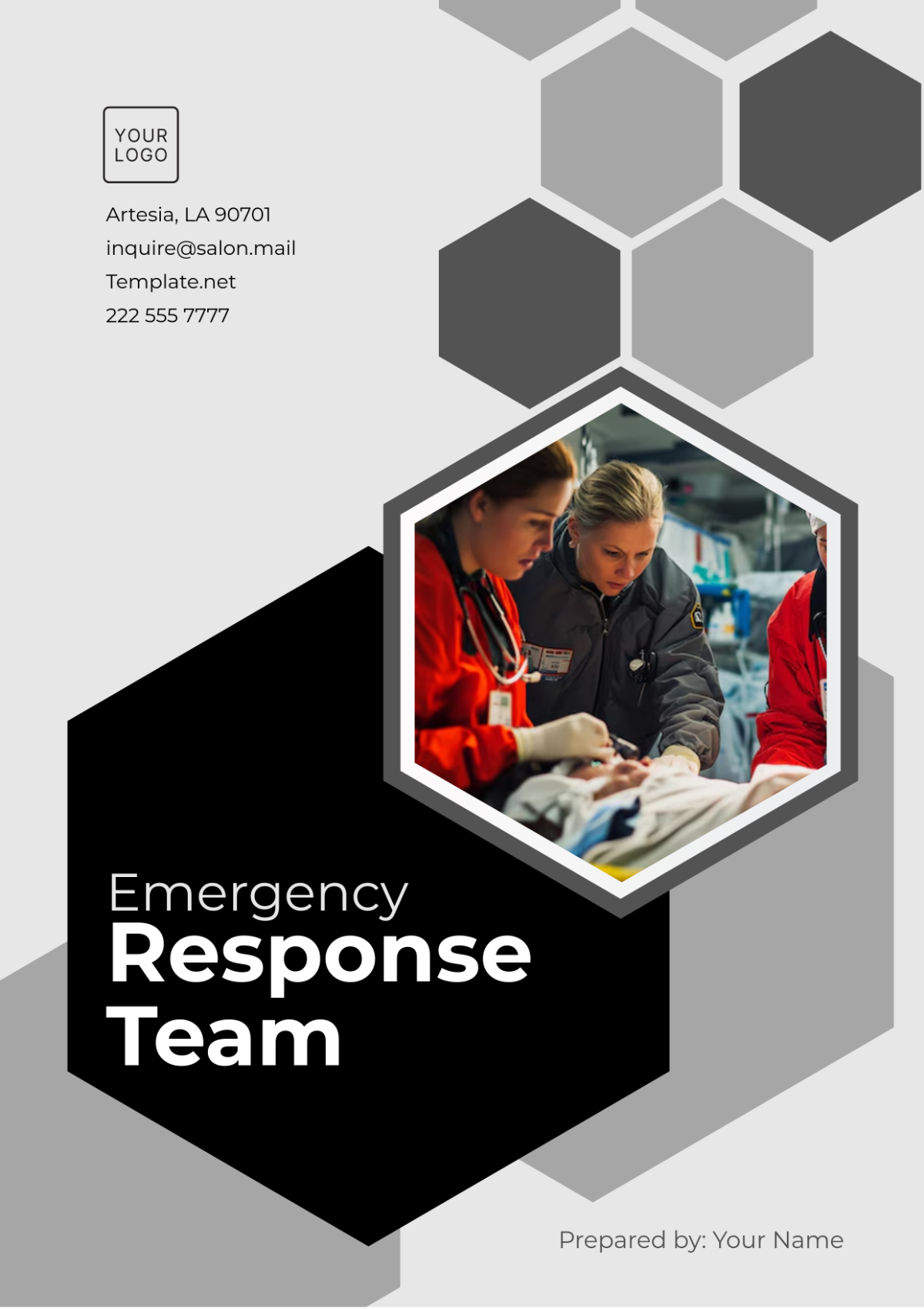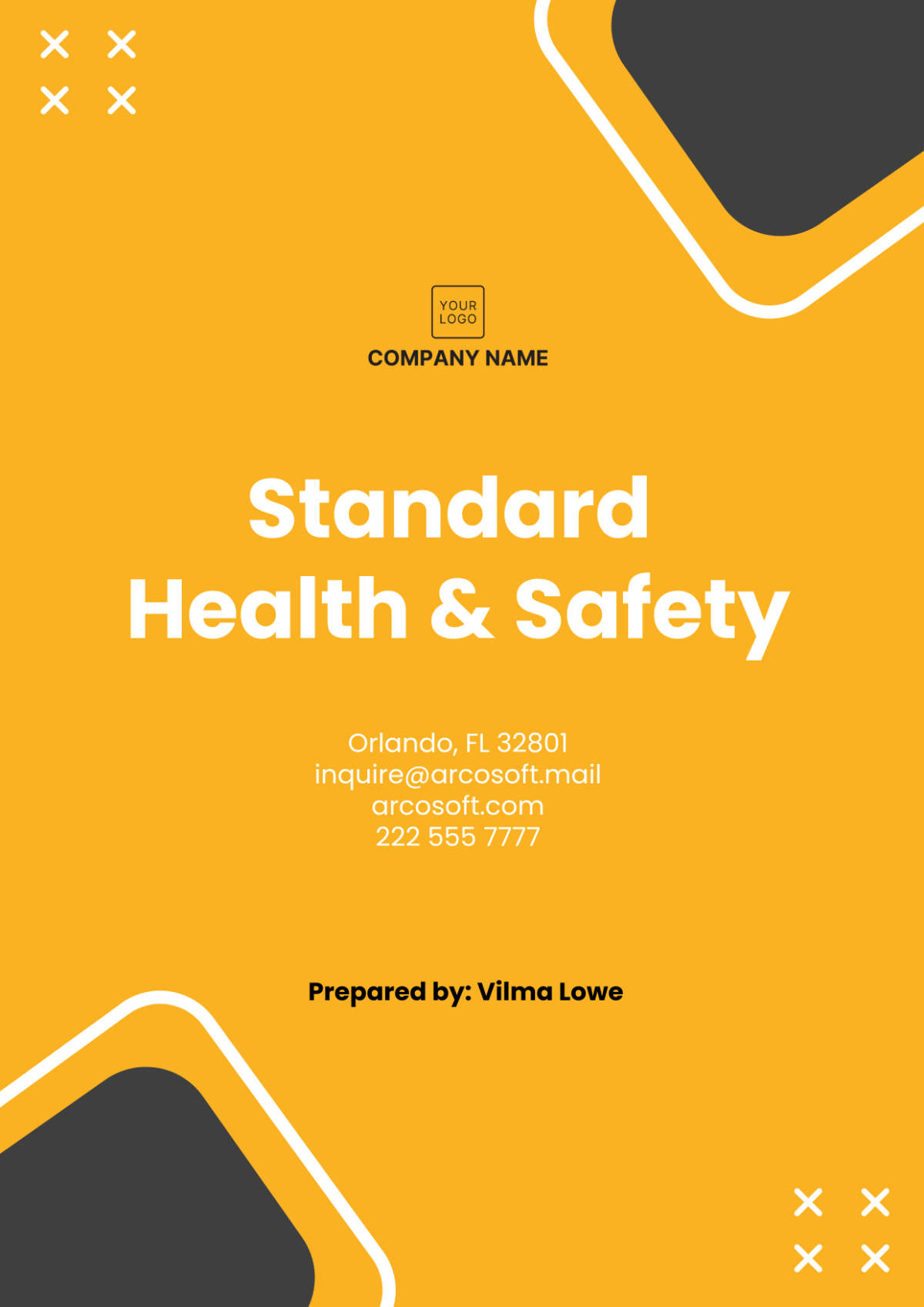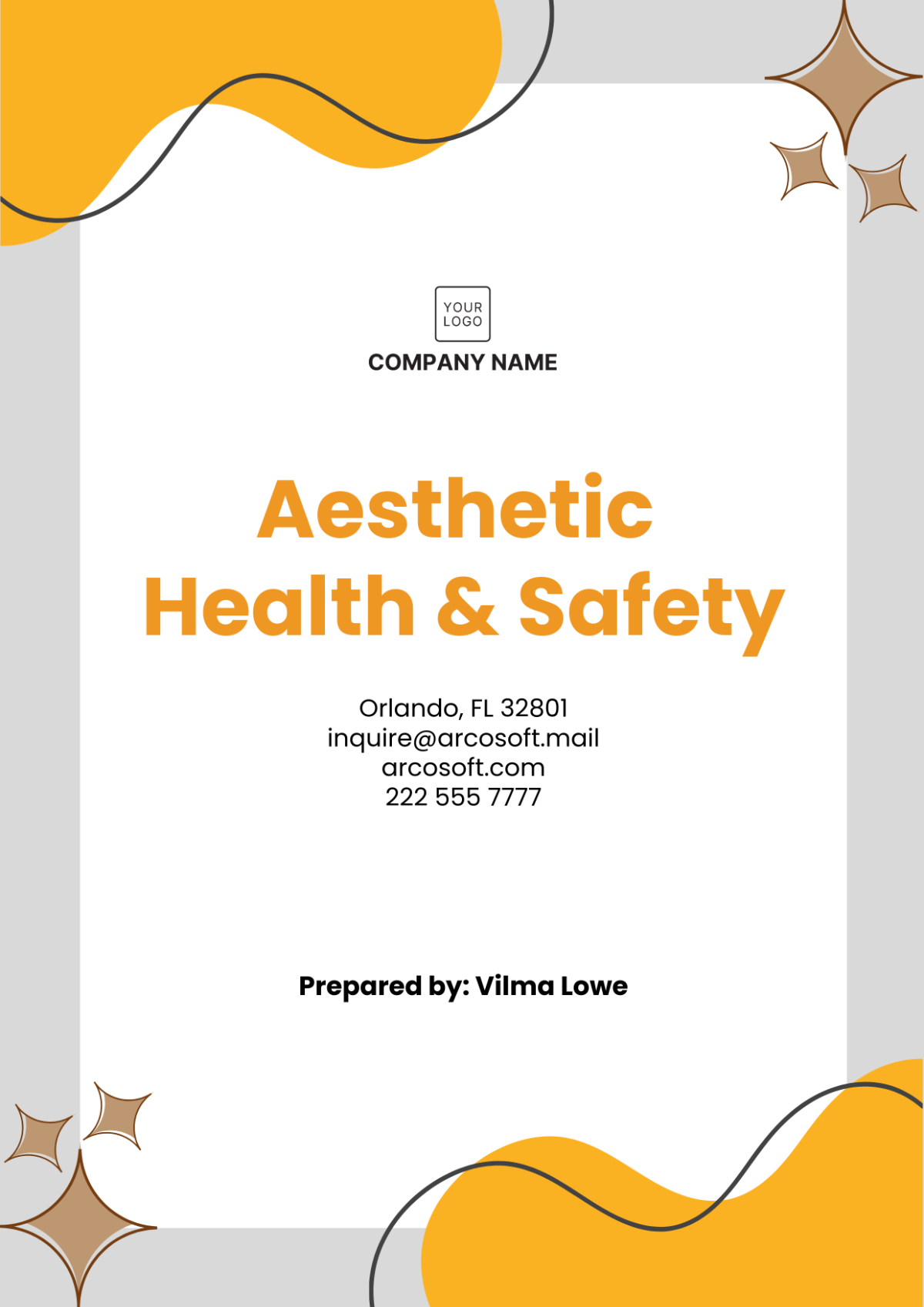Health & Safety Training Protocol Development
Section 1: Introduction
Background
In today's dynamic work environment, prioritizing employee health and safety is not just a regulatory requirement but a foundational aspect of a responsible and sustainable business. This protocol outlines a comprehensive approach to ensuring that all employees receive adequate training to recognize, report, and mitigate workplace hazards. The focus is on cultivating a safety-first culture, where knowledge and preparedness are key to preventing accidents and ensuring a healthy work environment.
Objectives
The primary objectives of this Health & Safety Training Protocol are:
To enhance employee awareness and understanding of workplace hazards and safe practices.
To equip employees with the necessary skills and knowledge to respond effectively to health and safety incidents.
To ensure compliance with national and international health and safety regulations.
To foster a workplace culture that prioritizes health and safety as integral to operational excellence.
To reduce the frequency and severity of workplace accidents and health-related incidents.
Section 2: Scope of Training
Employee Coverage
This training protocol applies to:
New Hires: All newly recruited employees must undergo basic health and safety training as part of their onboarding process.
Existing Staff: Periodic refresher training courses are mandatory for all existing staff to keep up-to-date with current safety practices and regulations.
High-Risk Roles: Employees working in roles identified as high-risk (e.g., machine operators, laboratory technicians) require additional specialized safety training.
Training Topics
The Health & Safety Training will cover a wide range of topics, including but not limited to:
General Workplace Safety: Basic safety principles applicable to all employees.
Emergency Response: Procedures for responding to fires, medical emergencies, and other urgent situations.
Hazard Recognition: Identifying potential hazards in the workplace, including chemical, physical, and biological risks.
Ergonomics: Training on proper ergonomics to prevent musculoskeletal injuries.
Personal Protective Equipment (PPE): Correct use and maintenance of PPE.
Health & Safety Legislation: Overview of relevant local, national, and international health and safety laws and regulations.
Mental Health Awareness: Recognizing and addressing mental health issues in the workplace.
First Aid: Basic first aid training, including CPR.
Environmental Safety: Practices to minimize environmental impact and handle hazardous materials safely.
Workplace Specific Risks: Tailored training for specific hazards unique to certain areas or job functions within the organization.
Section 3: Training Program Structure
Program Outline
This section provides a structured outline of the training program, designed to ensure comprehensive coverage of all essential health and safety topics. The training is divided into modules, each focusing on a specific area of safety:
Orientation Module: Introduction to workplace safety, including a tour of the facility and an overview of emergency exits and equipment.
Theoretical Learning: Classroom-based sessions covering the theoretical aspects of health and safety.
Practical Demonstrations: Hands-on demonstrations of safety equipment and procedures.
Role-Specific Training: Tailored sessions for employees in high-risk roles, focusing on the specific hazards and safety practices relevant to their duties.
Assessment and Certification: Assessment through quizzes and practical tests to evaluate understanding and application of safety protocols.
The training duration varies depending on the role and the specific needs of each department, ranging from one day for basic training to several weeks for more specialized roles.
Assessment Criteria
Employees' understanding and application of health and safety protocols are crucial. The assessment criteria include:
Written Tests: To gauge understanding of theoretical aspects of health and safety.
Practical Demonstrations: Employees must demonstrate competence in using safety equipment and following safety procedures.
Ongoing Evaluation: Supervisors will conduct regular on-the-job evaluations to ensure continuous application of safety training.
Certification: Upon successful completion of the training and assessments, employees will receive a certification, valid for a specified period, after which refresher training is required.
Section 4: Training Material Development
Content Creation
Effective training materials are essential for the success of the program. These materials should be engaging, easy to understand, and relevant to the specific needs of the workplace. Key considerations include:
Up-to-Date Information: Ensuring all training materials reflect the latest health and safety regulations and best practices.
Interactive Content: Incorporating interactive elements such as quizzes, videos, and simulations to enhance engagement and retention.
Accessibility: Materials should be accessible to all employees, considering different learning styles and language proficiencies.
Material Review Process
Regular review and updating of training materials are critical to maintaining the effectiveness of the training program. The review process includes:
Annual Reviews: Conducting comprehensive reviews of all training materials annually.
Feedback Incorporation: Integrating feedback from trainers and trainees to improve the content.
Regulatory Compliance Check: Ensuring that all materials are in line with current health and safety legislation.
Expert Consultation: Involving health and safety experts in the review process to ensure technical accuracy and relevance.
Section 5: Trainer Qualifications and Selection
Trainer Credentials
For the successful delivery of the Health & Safety Training Program, trainers must possess a blend of expertise, experience, and teaching skills. The following table outlines the minimum qualifications required for trainers:
Criteria | Description |
Education | Bachelor’s degree in Occupational Health, Safety Engineering, or related field. |
Certifications | Certifications such as Certified Safety Professional (CSP) or Occupational Health and Safety Technologist (OHST). |
Experience | Minimum of 5 years of experience in health and safety training or related field. |
Teaching Skills | Demonstrated ability in delivering engaging and informative training sessions. |
Industry Knowledge | Up-to-date knowledge of the latest health and safety standards and practices. |
Selection Criteria
The selection of trainers is a critical process to ensure the effectiveness of the training program. The criteria for selecting trainers include:
Review of Credentials: Verification of educational qualifications, certifications, and professional experience.
Teaching Demonstration: Evaluation of candidates' teaching methodologies through sample training sessions.
Interview Process: In-depth interviews focusing on candidates' understanding of health and safety concepts and their ability to communicate these effectively.
References Check: Contacting previous employers or clients for feedback on the candidates' performance and reliability.
Section 6: Training Delivery Methods
In-Person Training
In-person training sessions are essential for interactive and hands-on learning experiences. Key aspects of in-person training include:
Classroom Setup: Well-equipped training rooms with necessary safety equipment for demonstrations.
Interactive Learning: Use of role-play, group discussions, and hands-on exercises to reinforce learning.
Real-World Scenarios: Incorporation of case studies and real incident analyses to provide practical insights.
Online Training
Online training offers flexibility and can be particularly effective for theoretical components of the training program. Essential elements of online training include:
E-Learning Modules: Interactive and self-paced modules covering various health and safety topics.
Virtual Classrooms: Live online sessions for real-time interaction between trainers and trainees.
Multimedia Content: Use of videos, animations, and graphics to enhance understanding and engagement.
The following table provides a comparison of the two training delivery methods:
Aspect | In-Person Training | Online Training |
Interaction | High (face-to-face) | Medium (virtual) |
Flexibility | Scheduled sessions | Accessible anytime |
Practical Training | Direct hands-on experience | Simulations and videos |
Assessment | On-site evaluation | Online quizzes and tests |
Accessibility | Location-dependent | Wide-reaching |
Section 7: Participant Engagement Strategies
Interactive Techniques
To ensure active participation and enhance the learning experience, various interactive techniques are employed during training sessions. Some key techniques include:
Group Discussions: Encouraging open discussions on safety topics to share experiences and ideas.
Role-Playing: Simulating real-life safety scenarios to practice response and decision-making skills.
Hands-On Activities: Engaging trainees in practical exercises, such as using fire extinguishers or applying first aid techniques.
Feedback Sessions: Allowing participants to provide immediate feedback on training sessions for continuous improvement.
Feedback Mechanisms
Collecting and analyzing feedback from participants is crucial for the ongoing improvement of the training program. The following methods are used to gather feedback:
Post-Training Surveys: Distributed immediately after training sessions to gather participants' opinions and suggestions.
Focus Groups: Conducting small group discussions post-training to delve deeper into participant experiences and insights.
Follow-Up Interviews: Engaging with participants some time after the training to assess the long-term impact and retention of safety practices.
Section 8: Safety Compliance Monitoring
Post-Training Evaluation
Evaluating the effectiveness of training in practical terms is key to ensuring workplace safety. The post-training evaluation process includes:
Observation: Regular on-site observations by safety officers to monitor the application of training in daily work practices.
Incident Reports Analysis: Examining incident reports post-training to identify trends and areas needing additional focus.
Performance Metrics: Using key performance indicators (KPIs) to measure safety compliance and incident reduction.
Ongoing Monitoring
Continuous monitoring of safety practices is essential for maintaining a safe work environment. This includes:
Regular Safety Audits: Scheduled and surprise audits to assess adherence to safety protocols.
Refresher Training: Periodic training sessions to keep safety knowledge current.
Employee Safety Committees: Forming committees to foster a culture of safety and gather grassroots-level feedback.
The following table summarizes key aspects of participant engagement and compliance monitoring:
Aspect | Participant Engagement Strategies | Safety Compliance Monitoring |
Techniques | Role-playing, group discussions | Observations, audits |
Feedback Methods | Surveys, focus groups | Incident report analysis |
Long-Term Strategies | Follow-up interviews | Regular KPI assessments |
Purpose | Enhance learning, adapt training | Ensure application, improve safety |
Section 9: Record Keeping and Reporting
Training Records
Maintaining accurate and comprehensive records of all training activities is essential for tracking progress, compliance, and identifying areas for improvement. The key elements of training records include:
Participant Details: Name, department, and role of each trainee.
Training Dates: Dates and duration of each training session attended.
Assessment Results: Scores or outcomes of tests and practical evaluations.
Trainer Notes: Observations and remarks from trainers on participant performance.
Certification Status: Details of certifications awarded and their validity periods.
Reporting Procedures
Regular reporting of training outcomes and insights is crucial for management and regulatory purposes. The reporting process includes:
Training Summary Reports: Periodic reports summarizing training activities, participation rates, and general performance.
Incident Reduction Analysis: Analysis of the correlation between training and the frequency/severity of workplace incidents.
Regulatory Compliance Reports: Documentation demonstrating compliance with health and safety regulations to relevant authorities.
Continuous Improvement Plans: Recommendations for future training enhancements based on data and feedback.
The following table outlines the record-keeping and reporting elements:
Element | Description |
Participant Details | Documentation of trainee profiles and backgrounds. |
Training Metrics | Data on participation, completion rates, and assessment scores. |
Compliance Tracking | Records demonstrating adherence to legal and training standards. |
Improvement Strategies | Analysis and recommendations for future training initiatives. |
Section 10: Conclusion
Summary of Protocol
This protocol provides a comprehensive framework for the development, delivery, and management of Employee Health & Safety Training. Key components include a structured training program, qualified trainers, interactive delivery methods, participant engagement strategies, continuous monitoring for safety compliance, and thorough record-keeping and reporting processes.
Future Improvements
In the spirit of continuous improvement, this protocol will be regularly reviewed and updated. Future enhancements will focus on integrating technological advancements, adapting to changing workplace dynamics, and incorporating best practices from industry leaders and regulatory updates. Ongoing feedback from participants and stakeholders will remain vital in shaping the evolution of this training protocol.
